
Minimalist Style
What is the Minimalist Style?
It emerged in the 20th century as a reaction to the highly decorative styles of the past and has influenced architecture, interiors, art, graphics, fashion, and product design.
Some key characteristics of minimalist style are:
Clean lines and geometric shapes
Functional and efficient use of space
Natural light and open floor plans
High-quality and durable materials
Subtle and harmonious color palette
Minimal or no accessories and decorations
Some famous quotes related to minimalist style are:
"Less is more" by Mies Van Der Rohe, a German architect and pioneer of modernist architecture
"Simplicity is the ultimate sophistication" by Leonardo Da Vinci, a Renaissance artist and inventor
"Less but better" by Dieter Rams, a German industrial designer and advocate of functional design
The Barcelona Pavilion, a building designed by Mies Van Der Rohe in 1929, featuring a simple structure, elegant materials, and fluid spaces
The Eames Lounge Chair and Ottoman, a furniture piece designed by Charles and Ray Eames in 1956, combining comfort, style, and craftsmanship
The Apple products, a series of devices designed by Jonathan Ive and Steve Jobs, featuring sleek forms, intuitive interfaces, and minimal branding
It reflects a desire to simplify, declutter, and focus on what matters most.
Minimalist style can create a sense of calm, clarity, and beauty in any space.
Why do the Minimalist Style clothes look good?
Minimalist Style clothes look good because they are based on simplicity, elegance, and functionality.
It focuses on the quality of the fabrics, the fit of the garments, and the harmony of the colors.
This style avoids unnecessary details, patterns, and logos that can distract from the overall impression.
Minimalist Style clothes can also reflect a mindful and sustainable approach to fashion, as it is often made from natural materials, last longer, and can be mixed and matched easily.
Some people may think that minimalist style clothes are boring or plain, but they can also be creative and expressive by playing with textures, shapes, and accessories.
Minimalist Style clothes can suit any occasion, season, or mood, as long as it is comfortable and flattering.
Who can wear the Minimalist Style garments?
The minimalist style garments are suitable for anyone who appreciates simplicity, elegance, and functionality in their clothing.
It is not limited by age, gender, or body type, but rather by personal preference and taste.
The minimalist style is not about being boring or bland, but about being intentional and mindful about what one wears.
It is a way of expressing one's individuality and creativity through clothing that is elegant, functional, and sustainable.
Anyone can wear minimalist style garments if they appreciate these qualities and enjoy the aesthetic of minimalism.
Are the Minimalist Style clothing in style?
Minimalist style clothing is in style, my friend
It's a way to express yourself with less, not more
It's about finding beauty in simplicity and grace
It's about choosing quality over quantity and waste
Minimalist style clothing is in style, indeed
It's a trend that many fashionistas follow and lead
It's about paring down garments to their purest form
It's about focusing on tailoring and purpose, not the norm
Minimalist style clothing is in style, for sure
It's a look that is timeless, elegant, and mature
It's about creating capsule wardrobes full of essentials
It's about pairing your go-to's every which way, with potential
Minimalist style clothing is in style, I say
It's a practice that can benefit you in many ways
It's about saving money, space, and the environment
It's about being mindful, intentional, and confident
What defines Minimalist Style?
Example of the color palette for the image of Minimalist Style
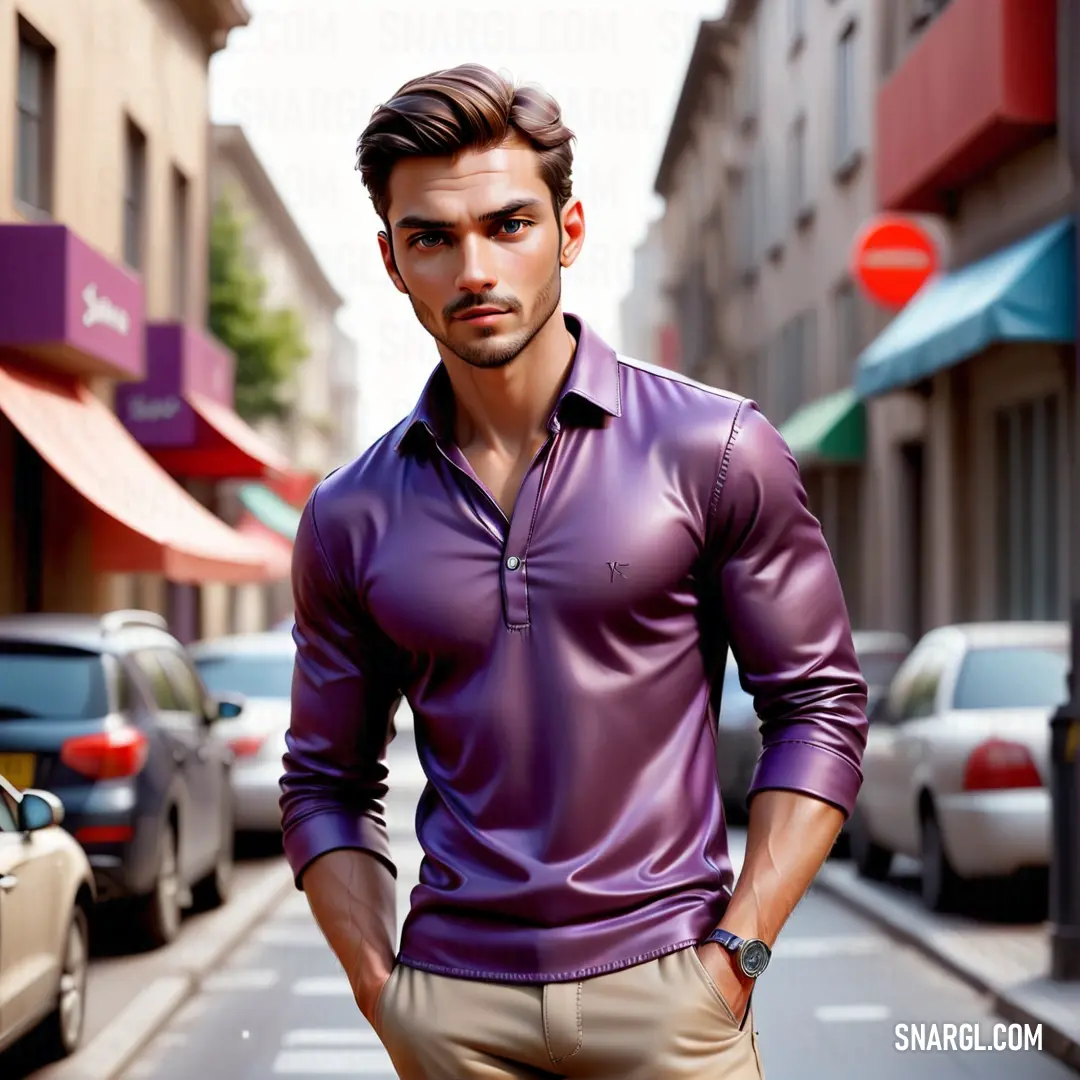
See these colors in NCS, PANTONE, RAL palettes...
Can a minimalist be stylish?
Example of the color palette for the image of Minimalist Style
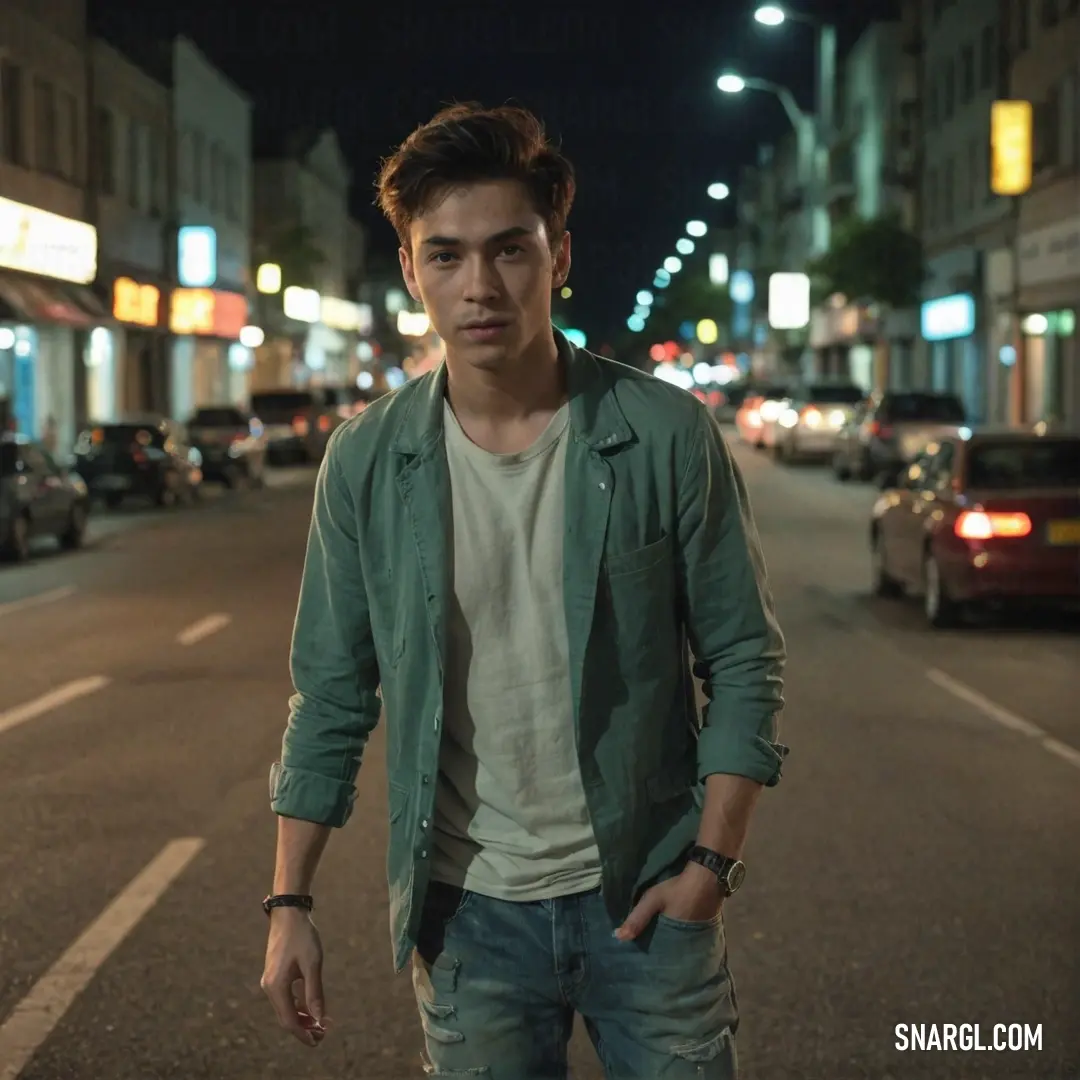
See these colors in NCS, PANTONE, RAL palettes...
Why is minimalism fashion so popular?
It is popular for several reasons, such as:
It reduces clutter and stress.
Having a minimalist wardrobe means having fewer clothes that are versatile, comfortable, and easy to mix and match.
This can save time, money, and space, as well as create a sense of calm and order.It expresses personal style and values.
Minimalism fashion is not about following trends or rules, but about finding what works best for oneself and one's lifestyle.
It can also reflect one's ethical and environmental values, by choosing clothes that are made with natural, organic, or recycled materials, and that are fair trade, ethical, or locally sourced.It supports slow fashion and circular economy.
Minimalism fashion is opposed to fast fashion, which is the mass production and consumption of cheap and disposable clothes that have a negative impact on the environment and human rights.
Minimalism fashion advocates for slow fashion, which is the mindful and intentional purchase and use of clothes that are durable, timeless, and high quality.
It also promotes circular economy, which is the reuse, repair, and recycling of clothes, to minimize waste and pollution.
It is not a strict or rigid style, but a flexible and personal one, that can suit anyone who wants to simplify their wardrobe and their life.
Minimalist Style in fashion - when did it appear?
Minimalist style in fashion is a style that emphasizes simplicity, functionality, and clarity.
It is inspired by the minimalist art movement of the 1960s and 1970s, which rejected the excesses of art at the time and chose to adopt an approach based on geometric shapes, monochrome colors, and raw materials.
Minimalist style in fashion has its roots in the social and economic changes of the 20th century, especially the rise of the modern working woman and the development of technology.
It reflects the need for practical, versatile, and comfortable clothing that can adapt to different situations and environments.
Some of the pioneers of minimalist style in fashion are Coco Chanel, who reworked the traditional masculine wardrobe for women in the 1920s; Yohji Yamamoto and Issey Miyake, who brought a new sense of dimension and space to clothing in the 1980s; and Martin Margiela, who created an all-white maison and experimented with deconstruction and recycling in the 1990s.
Minimalist style in fashion is still relevant today, as it offers an alternative to the fast-paced and wasteful consumption of the fashion industry.
It is also a way of expressing one's personality and values through clothing, without relying on trends or logos.
Minimalist style in fashion is not about having less, but about having better.
It is about finding the balance between beauty and utility, form and function, and quality and quantity.
Who usually wears Minimalist Style clothing?
It is often characterized by neutral colors, clean lines, and minimal embellishments.
Minimalist style clothing can be worn by anyone who appreciates the aesthetic of less is more, or who wants to create a versatile and timeless wardrobe.
Some examples of people who usually wear minimalist style clothing are:
Professionals who work in fields that require a polished and sophisticated look, such as law, finance, or consulting. They may opt for minimalist style clothing to project a sense of authority and competence, as well as to avoid distractions and unnecessary details. For instance, a lawyer may wear a classic beige trench coat, a crisp white shirt, and tailored black trousers.
Creatives who work in fields that involve artistic expression, such as design, photography, or writing. They may choose minimalist style clothing to contrast with their colorful and vibrant work, or to showcase their personal style and identity. For example, a photographer may wear a chunky oversized knit, a pair of jeans, and a pair of sneakers.
Environmentalists who care about the impact of their consumption on the planet and society. They may prefer minimalist style clothing to reduce their wardrobe footprint, support ethical and sustainable brands, and avoid fast fashion and trends. For instance, an environmentalist may wear a shirtdress made from organic cotton, a pair of sandals, and a tote bag.
What are some of the most iconic Minimalist Style outlooks?
It focuses on the essential elements and removes any unnecessary clutter.
Some of the most iconic minimalist style outlooks are:
The Apple logo, which is a simple silhouette of an apple with a bite taken out of it.
It represents the company's innovation and creativity.The Nike swoosh, which is a curved line that resembles a wing.
It symbolizes movement, speed, and athleticism.The Google homepage, which is a white background with a colorful logo and a search box.
It showcases the company's simplicity and efficiency.The IKEA catalog, which features clean and spacious layouts with minimal text and bright colors.
It highlights the company's products and values.The Mondrian paintings, which are composed of geometric shapes and primary colors.
They express the artist's vision of harmony and balance.
How to incorporate other influences or trends into the Minimalist Style?
However, minimalist style does not have to be boring or monotonous.
You can incorporate other influences or trends into your minimalist style by following some of these tips:
Experiment with colors.
Minimalist style does not mean you have to stick to black, white, and gray.
You can add some pops of color to your outfits, such as a bright scarf, a colorful bag, or a statement necklace.
Choose colors that suit your skin tone and personality, and avoid clashing or overly loud combinations.
You can also try different shades of the same color for a monochromatic look.Play with textures.
Another way to add some interest to your minimalist style is to mix and match different textures, such as leather, denim, wool, silk, or linen.
Textures can create contrast and depth in your outfits, as well as make them more comfortable and cozy.
For example, you can pair a leather jacket with a knit sweater, or a denim shirt with a silk skirt.Accessorize wisely.
Accessories are the easiest way to spice up your minimalist style without compromising its essence.
You can use accessories to express your personality, mood, or occasion.
For example, you can wear a hat, sunglasses, or earrings for a casual day out, or a watch, belt, or cufflinks for a formal event.
However, avoid over-accessorizing or wearing too many flashy or trendy pieces.
Choose accessories that are simple, versatile, and complement your outfit.Layer smartly.
Layering is a great technique to create different looks with your minimalist wardrobe.
You can layer clothes for warmth, comfort, or style.
For example, you can layer a t-shirt under a sweater, a blouse under a blazer, or a dress over pants.
Layering can also help you transition your outfits from season to season, or from day to night.
However, avoid layering too many pieces or bulky items that can make you look sloppy or overwhelmed.Try different silhouettes.
Minimalist style does not mean you have to wear the same shape or fit every time.
You can try different silhouettes that flatter your body type and enhance your features.
For example, you can wear a fitted top with a loose bottom, or vice versa.
You can also try asymmetrical cuts, draped fabrics, or wrap styles that can add some movement and dimension to your outfits.
Remember that minimalist style is about quality over quantity, and less is more.
By following these tips, you can create a minimalist wardrobe that is stylish, versatile, and timeless.
Example of the color palette for the image of Minimalist Style
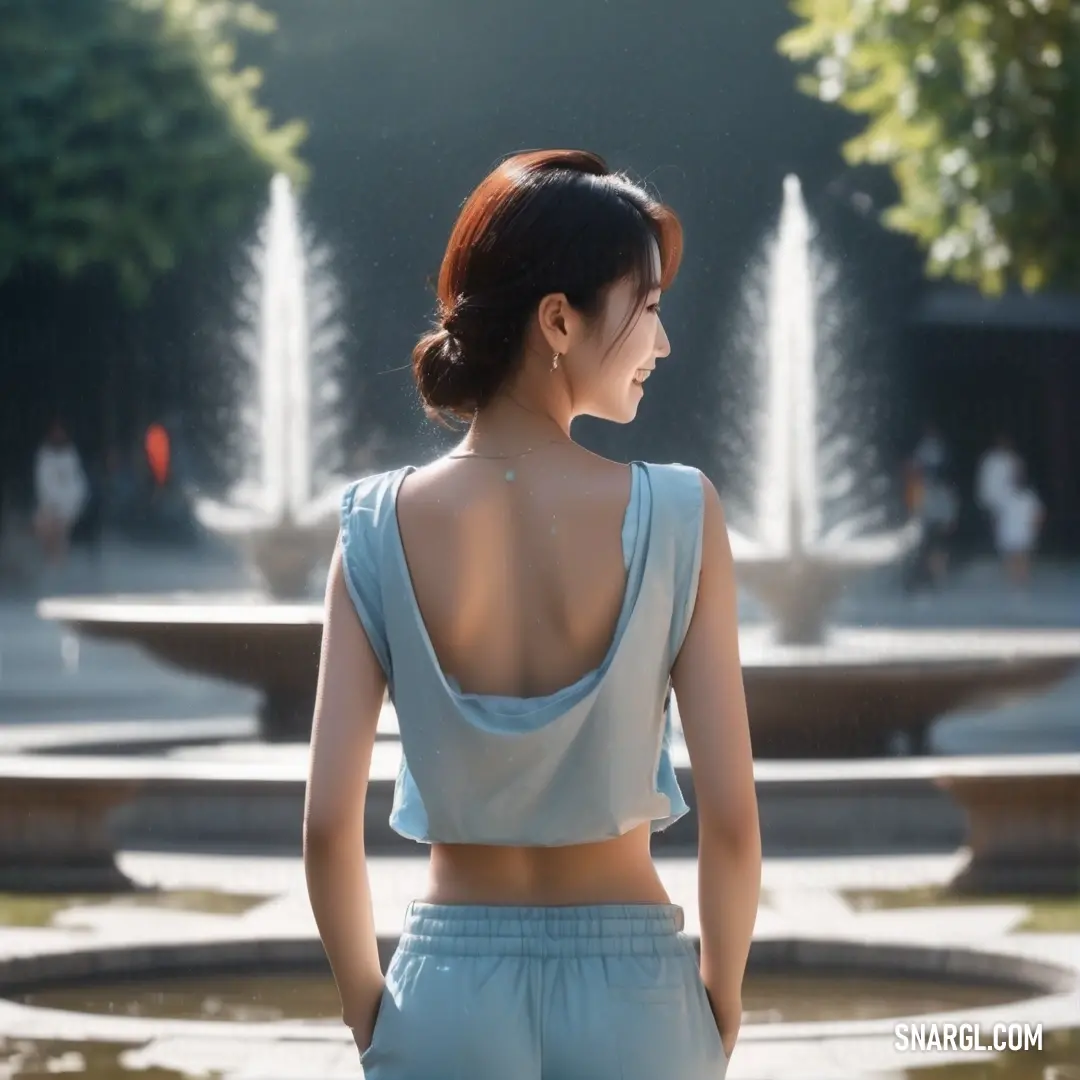
See these colors in NCS, PANTONE, RAL palettes...
What are the essential Minimalist Style clothing items and accessories?
It is about choosing pieces that are versatile, timeless, and easy to mix and match.
Some of the essential minimalist style clothing items and accessories are:
Layering tanks or bodysuits: These are great for creating a smooth silhouette and adding warmth under other layers.
They can also be worn on their own in warmer weather.
You might want to have a few in neutral colors like black, white, gray, or beige.Basic t-shirts: These are the foundation of any minimalist wardrobe.
They can be paired with jeans, skirts, trousers, or shorts for a casual look.
You can also dress them up with blazers, jackets, or accessories.
Look for t-shirts that are made of high-quality cotton, linen, or silk in solid colors or simple stripes.Graphic or patterned tees: These are a fun way to add some personality and flair to your minimalist style.
You can choose tees that feature your favorite band, movie, slogan, or artwork.
Or you can opt for tees that have subtle patterns like dots, checks, or florals.
Just make sure they are not too loud or busy.Knit, silk, or linen tanks: These are perfect for adding some texture and variety to your minimalist outfits.
They can be worn alone or layered under cardigans, sweaters, or jackets.
They can also be tucked into skirts, pants, or shorts for a polished look.
Choose tanks that have simple cuts and neutral or pastel colors.Short-sleeve tops: These are ideal for transitional seasons when it's not too hot or cold.
They can be styled with jeans, trousers, skirts, or shorts for different occasions.
You can go for tops that have interesting details like buttons, collars, ruffles, or embroidery.
Or you can stick to tops that have classic shapes and colors.
A leather belt
: This is a must-have accessory that can cinch your waist, add some contrast, and complete your outfit.A sunglasses: This is a simple way to protect your eyes from the sun and add some style to your look.
Choose sunglasses that suit your face shape and personality.
You can go for classic styles like aviators, wayfarers, or round frames.
Or you can try something more trendy like cat-eye, oversized, or geometric shapes.A scarf: This is a cozy and chic accessory that can keep you warm and add some color and pattern to your minimalist outfits.
Choose a scarf made of wool, cashmere, silk, or cotton in solid colors or subtle prints.
You can wear it around your neck, over your shoulders, or as a headband.A watch: This is a timeless and elegant accessory that can tell the time and enhance your minimalist style.
You can choose a watch that has a simple design and a neutral color like silver, gold, black, or white.
And there is also the option to choose a watch with some functions such as chronograph, date display, or water resistance.A tote bag: This is a practical and stylish accessory that can carry all your essentials and complement your minimalist outfits.
You can choose a tote bag that is made of leather, canvas, nylon, or straw in solid colors or minimal prints.
As well as a bag that with pockets, zippers, or snaps for extra security.
You can choose a belt that matches your shoes and bag, or one that stands out with a different color or texture.
A leather belt is durable and versatile and can last for years.
How to keep the Minimalist Style updated and fresh?
However, minimalist style does not have to be boring or repetitive.
Here are some tips on how to keep the minimalist style updated and fresh:
Experiment with different textures and fabrics.
You can add some interest and variety to your minimalist outfits by choosing pieces that have different textures and fabrics, such as wool, silk, leather, denim, or linen.
These materials can create contrast and depth in your look, as well as provide comfort and durability.Add some pops of color or prints.
While minimalist style usually relies on a neutral or monochrome palette, you can also spice up your look by adding some pops of color or prints.
You can choose colors that suit your skin tone and personality, or prints that are subtle and classic, such as stripes, polka dots, or florals.
You can also mix and match colors and prints for a more creative and fun look.Accessorize wisely.
Accessories are a great way to add some flair and personality to your minimalist style.
You can choose accessories that are simple and elegant, such as a watch, a necklace, a scarf, or a hat.
You can also opt for accessories that are bold and statement-making, such as a pair of earrings, a belt, a bag, or a pair of shoes. However, avoid over-accessorizing and stick to one or two pieces that complement your outfit.Layer smartly.
Layering is another way to keep your minimalist style updated and fresh.
You can layer different pieces of clothing to create new outfits and adapt to different seasons and occasions.
For example, you can layer a shirt dress over a pair of jeans, a sweater over a dress, or a coat over a turtleneck.
You can also layer different lengths, shapes, and colors to create contrast and balance in your look.Experiment with different silhouettes and cuts.
You can also change up your minimalist style by experimenting with different silhouettes and cuts of clothing.
You can choose pieces that are fitted or oversized, cropped or long, asymmetrical or symmetrical.
What are the common mistakes or faux pas to avoid when dressing Minimalist Style?
It is based on the idea of "less is more" and avoiding unnecessary clutter or excess.
However, dressing minimalist style can also have some pitfalls if not done properly.
Here are some common mistakes or faux pas to avoid when dressing minimalist style:
Wearing clothes that don't fit well. One of the key aspects of minimalist style is wearing clothes that fit your body shape and size.
Clothes that are too tight, too loose, too long, or too short can ruin the minimalist aesthetic and make you look sloppy or uncomfortable.
You should always try on clothes before buying them and tailor them if needed to achieve the perfect fit.Choosing boring or bland colors. Minimalist style does not mean you have to stick to black, white, or gray.
While these colors are versatile and easy to mix and match, they can also make your outfit look dull or monotonous.
Spice up your minimalist wardrobe by adding some pops of color, such as red, blue, green, or yellow.
You can also experiment with different shades, tones, and patterns of the same color to create some contrast and interest.Ignoring the details. Minimalist style is not about being plain or simple.
It is about being intentional and thoughtful about every element of your outfit.
You should pay attention to the details, such as the fabric, the texture, the cut, the stitching, the buttons, the zippers, the pockets, and the accessories.
These details can make a big difference in how your outfit looks and feels.
Choose quality materials that are durable, comfortable, and eco-friendly.
You should also choose accessories that complement your outfit and express your personality, such as a watch, a necklace, a scarf, or a hat.Overdoing it. Minimalist style is not about having a minimal number of clothes or wearing the same outfit every day.
It is about having a curated and versatile wardrobe that suits your lifestyle, preferences, and needs.
You should not limit yourself to a certain number of items or follow strict rules about what to wear or how to wear it.
Also not be afraid to try new things or experiment with different styles.
Minimalist style is about finding your own balance and harmony between simplicity and creativity.
How has the Minimalist Style changed or evolved over time?
This style has changed and evolved over time in response to different historical, cultural, and technological contexts.
Here is a brief overview of some of the main stages of Minimalist Style:
Early 20th century: Minimalist Style emerged as a reaction to the complexity and ornamentation of previous artistic movements, such as Art Nouveau and Expressionism.
Influenced by Constructivism, De Stijl, and the readymades of Marcel Duchamp, some artists and architects experimented with geometric forms, monochromatic colors, and industrial materials.
Examples of this stage include the paintings of Kazimir Malevich, the architecture of Ludwig Mies van der Rohe, and the furniture of Gerrit Rietveld.1960s and 1970s: Minimalist Style gained popularity and recognition in America, especially in New York, where a group of young artists challenged the expressive and subjective nature of Abstract Expressionism.
They created works that were purely self-referential, using simple shapes, repetitive patterns, and minimal elements.
They also explored the relationship between the artwork, the viewer, and the space.
Examples of this stage include the sculptures of Donald Judd, Carl Andre, and Sol LeWitt, the paintings of Frank Stella and Ellsworth Kelly, and the music of Steve Reich and Philip Glass.1980s and 1990s: Minimalist Style adapted to the changing social and economic conditions of the late 20th century, such as globalization, consumerism, and environmentalism.
Some artists and designers incorporated elements of irony, humor, and critique into their minimalist works, while others embraced the aesthetic of simplicity and elegance in their products and lifestyles.
Examples of this stage include the installations of Yayoi Kusama and Dan Graham, the fashion of Calvin Klein and Jil Sander, and the books of Marie Kondo and Joshua Becker.2000s and 2010s: Minimalist Style continued to evolve and diversify in the 21st century, influenced by the rapid development of digital technology, social media, and online culture.
Some artists and designers used minimalist techniques to create immersive and interactive experiences, while others used minimalist principles to optimize and streamline their workflows and processes.
Examples of this stage include the websites of Google and Medium, the apps of Instagram and Spotify, and the podcasts of The Minimalists and Minimal-ish.
It reflects the values and preferences of different times and places, but also transcends them by offering a universal and timeless appeal.
Minimalist Style is not only a way of making or doing things, but also a way of thinking and living.
What are the best tips and tricks for mastering Minimalist Style?
It involves using a restrained color palette, reducing clutter, choosing quality over quantity, and focusing on the essential elements.
Here are some tips and tricks for mastering minimalist style:
Start with a neutral base. Choose light colors such as white, beige, gray, or pastel for your walls, floors, and furniture. These colors create a sense of spaciousness and calmness, and also allow you to add some accents later on.
Declutter your space. Get rid of anything that you don't need, use, or love. Keep only the items that serve a purpose or bring you joy. Store them in hidden or organized places, such as drawers, baskets, or shelves.
Choose quality over quantity. Invest in well-made and durable pieces that will last for a long time and won't go out of style. Avoid buying cheap and trendy items that will soon end up in the trash. Opt for natural and sustainable materials, such as wood, metal, cotton, or linen.
Focus on the essential elements. Don't overdecorate your space with too many accessories, artworks, or plants. Instead, select a few statement pieces that reflect your personality and taste. For example, you can add a colorful rug, a large painting, or a sculptural vase to create some contrast and interest.
Play with textures and shapes. To avoid making your space look boring or bland, you can introduce some variety and depth by using different textures and shapes. For example, you can mix smooth and rough fabrics, round and angular furniture, or matte and glossy finishes.
Let in natural light. Natural light is one of the best ways to enhance the minimalist style.
It makes your space look brighter, bigger, and more inviting. Avoid using heavy curtains or blinds that block the light. Instead, use sheer or translucent fabrics that let the light filter through.
By following these guidelines, you can create a space that is simple, elegant, and functional.
Minimalist style is not only aesthetically pleasing but also beneficial for your well-being.
It can help you reduce stress, save money, and live more intentionally.
How does the Minimalist Style fit with the music, art, or hobbies preferences?
It is often associated with the use of limited materials, neutral colors, simple forms, and minimal ornamentation.
The Minimalist Style can be applied to various domains of music, art, or hobbies, depending on one's personal preferences and tastes.
Some examples of how the Minimalist Style can fit with different music, art, or hobbies are:
Music: Minimalist music is a genre of music that uses repetitive patterns, gradual changes, and sparse textures to create a sense of calmness and clarity. Some minimalist composers include Steve Reich, Philip Glass, and Terry Riley. Minimalist music can be enjoyed by people who appreciate the subtle variations and nuances of sound and rhythm.
Art: Minimalist art is a movement of art that emerged in the 1960s and 1970s. It features geometric shapes, monochromatic colors, and minimal details. Some minimalist artists include Donald Judd, Sol LeWitt, and Agnes Martin. Minimalist art can be appreciated by people who value the purity and simplicity of form and space.
Hobbies: Minimalist hobbies are activities that require minimal equipment, resources, or time. They can be relaxing, creative, or productive. Some minimalist hobbies include reading, writing, meditation, knitting, or gardening. Minimalist hobbies can be enjoyed by people who want to reduce stress, express themselves, or cultivate mindfulness.
It can help people focus on the essential aspects of their interests and passions.
Example of the color palette for the image of Minimalist Style
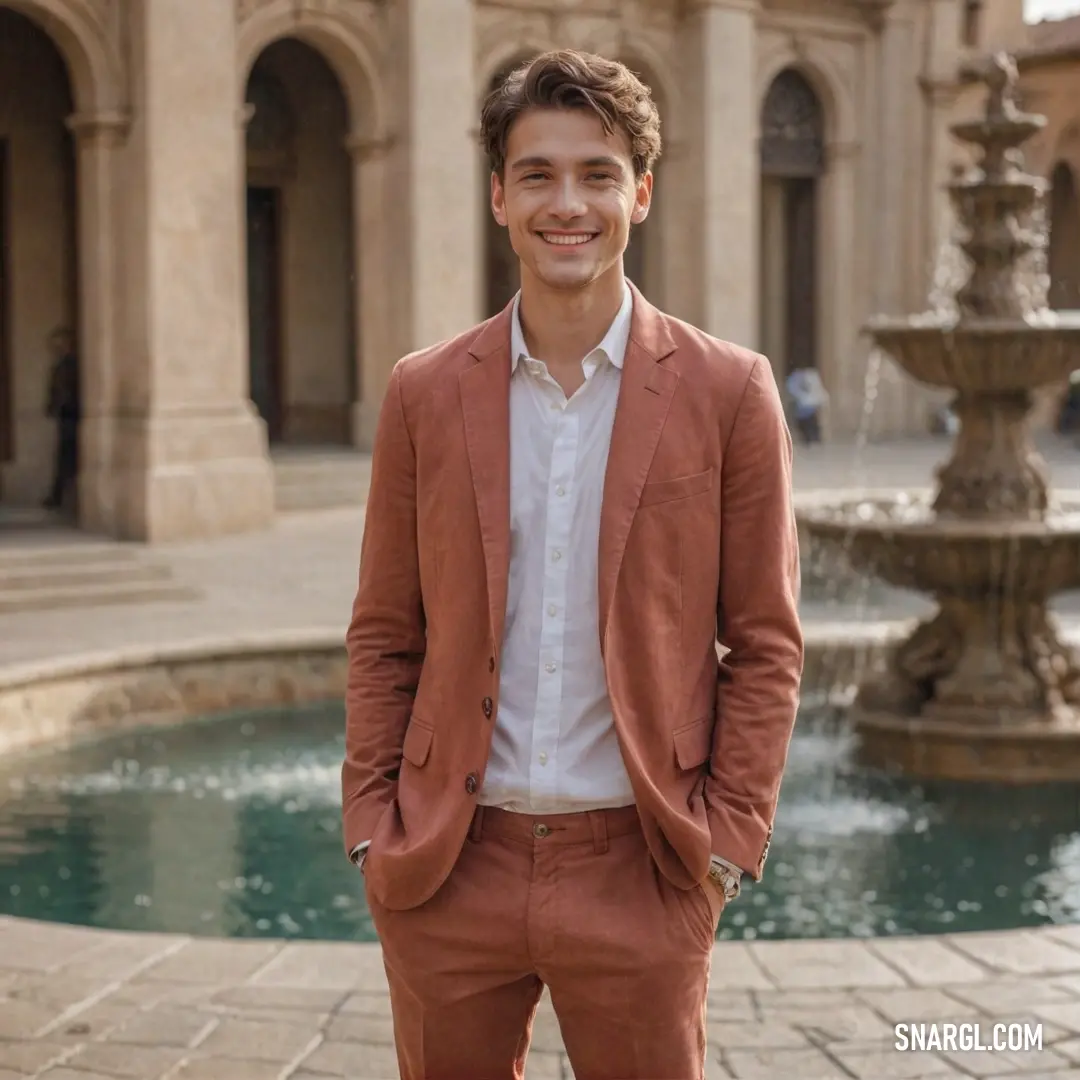
See these colors in NCS, PANTONE, RAL palettes...
How does the Minimalist Style suit different seasons, occasions, or settings?
It suits different seasons, occasions, or settings by using versatile basics, neutral colors, and simple accessories.
Here are some examples of how minimalist style can adapt to various situations:
For winter, minimalist style can keep you warm and cozy with layers of wool, cashmere, or cotton.
You can choose a classic coat, a turtleneck sweater, a pair of jeans, and boots in black, gray, or navy.
Add a scarf, a hat, or gloves for extra warmth and texture.For summer, minimalist style can keep you cool and comfortable with light fabrics, such as linen, silk, or cotton.
You can choose a simple dress, a tank top, a skirt, or shorts in white, beige, or pastel.
Add sandals, sunglasses, or a straw hat for sun protection and style.For work, minimalist style can keep you professional and polished with tailored pieces, such as a blazer, a shirt, a pencil skirt, or trousers.
You can choose a neutral palette, such as black, white, or gray, or add a pop of color, such as blue, green, or red.
Add a pair of heels, a watch, or a necklace for a sophisticated touch.For casual, minimalist style can keep you relaxed and chic with comfortable pieces, such as a t-shirt, a denim jacket, a pair of leggings, or sneakers.
You can choose a monochrome look, such as all black, all white, or all gray, or mix and match colors, such as navy, burgundy, or mustard.
Add a backpack, a belt, or earrings for a fun accent.
It can suit different seasons, occasions, or settings by using versatile basics, neutral colors, and simple accessories.
Minimalist style is not boring or sterile, but elegant and timeless.
What are the past or classic trends or influences in Minimalist Style?
This style can be traced back to different historical and cultural sources, such as:
The Constructivism and De Stijl movements of the early 20th century, which experimented with geometric forms, primary colors, and industrial materials.
The Zen philosophy and aesthetics of Japan, which emphasize emptiness, harmony, and balance.
The Transcendentalism and Simple Living movements of America, which advocated for a life of solitude, nature, and self-reliance.
The Bauhaus school of design, which aimed to create functional, elegant, and accessible products for everyday life.
The Minimalism art movement of the 1960s and 70s, which rejected the emotional and expressive aspects of Abstract Expressionism and focused on pure, self-referential forms.
Some of the characteristics of Minimalist Style are:
The use of simple, geometric, and repetitive shapes and patterns.
The preference for neutral, monochrome, or contrasting colors.
The elimination of unnecessary details, ornaments, and decorations.
The emphasis on space, light, and clarity.
The expression of functionality, efficiency, and elegance.
It can be interpreted and applied in different ways, depending on the context, purpose, and personal taste of the creator and the viewer.
Minimalist Style is not only a visual aesthetic, but also a philosophy and a way of living that values quality over quantity, essence over appearance, and simplicity over complexity.
What are the current or upcoming trends or innovations in Minimalist Style?
It is inspired by the principles of minimalism, which aim to reduce clutter, waste, and excess in all aspects of life.
Minimalist style can be applied to fashion, interior design, art, and more.
Some of the current or upcoming trends or innovations in minimalist style are:
Minimal Maximalism: This is a paradoxical term that describes a style that combines minimalist elements with maximalist accents. For example, a minimalist room with a neutral color palette and clean lines can be enhanced by a bold statement piece, such as a colorful rug, a large mirror, or a sculptural lamp. This creates a contrast that adds interest and personality to the space.
Chocolate Brown: This is a warm and rich color that is gaining popularity in minimalist fashion and interior design. Chocolate brown can create a cozy and sophisticated atmosphere, especially when paired with other neutrals, such as beige, cream, or white. Chocolate brown can also be used as an accent color for accessories, such as belts, bags, or shoes.
1950s Inspiration: The 1950s were a decade of elegance, glamour, and innovation. Designers are looking back to this era for inspiration, especially for minimalist and casual style. Some of the elements that are being revived are beatnik-existentialist uniforms, such as black turtlenecks, berets, and trench coats; feminine silhouettes, such as full skirts, fitted jackets, and cinched waists; and classic patterns, such as checks, stripes, and florals.
Sustainable Materials: Minimalist style is not only about aesthetics, but also about ethics. More and more designers are using sustainable materials to create minimalist pieces that are both beautiful and eco-friendly. Some of the materials that are being used are organic cotton, linen, hemp, bamboo, recycled polyester, and vegan leather.
What are the future or potential trends or directions in Minimalist Style?
It is not a rigid or fixed style, but rather a dynamic and evolving one that adapts to the changing needs and preferences of the people who embrace it.
Some of the future or potential trends or directions in minimalist style are:
Sustainability: Minimalism is not only about reducing clutter and excess, but also about being mindful of the environmental and social impact of our choices.
Minimalist style can incorporate sustainable practices such as using natural, organic, recycled, or upcycled materials, choosing durable and versatile pieces that can last for years, and supporting ethical and local brands that respect the planet and the people.Personalization: Minimalism does not mean uniformity or conformity.
Minimalist style can reflect the individual personality, taste, and mood of the wearer or the inhabitant.
It can also be mixed and matched with other styles, such as bohemian, industrial, or Scandinavian, to create a unique and eclectic look.
This style can also use color as an accent to add some vibrancy and contrast to the neutral palette.Technology: Minimalism can benefit from the advances in technology that offer new possibilities for design, functionality, and convenience.
It can incorporate smart devices, such as wearable gadgets, voice assistants, or wireless chargers, that enhance the user experience and simplify their lives.
Minimalist style can also use technology to create innovative and interactive features, such as lighting, sound, or temperature control, that adapt to the user's needs and preferences.
What are the best examples or role models of Minimalist Style in media or culture?
Minimalist style is a way of expressing more with less
A subtle art of simplicity and elegance
Here are some examples of role models in media or culture
Who embody this design philosophy in their work
Steve Jobs, the visionary behind Apple
He created products that are sleek and intuitive
With clean lines and monochromatic colors
He made technology a minimalist marvel
Marie Kondo, the guru of tidying up
She teaches people how to declutter and organize
With her method of keeping only what sparks joy
She helps people create a minimalist lifestyle
Miffy, the cute rabbit from children's books
She is drawn with a minimalist style, using only a few lines and colors
Miffy tells stories that are simple and charming
She delights children with her minimalist appeal
Example of the color palette for the image of Minimalist Style
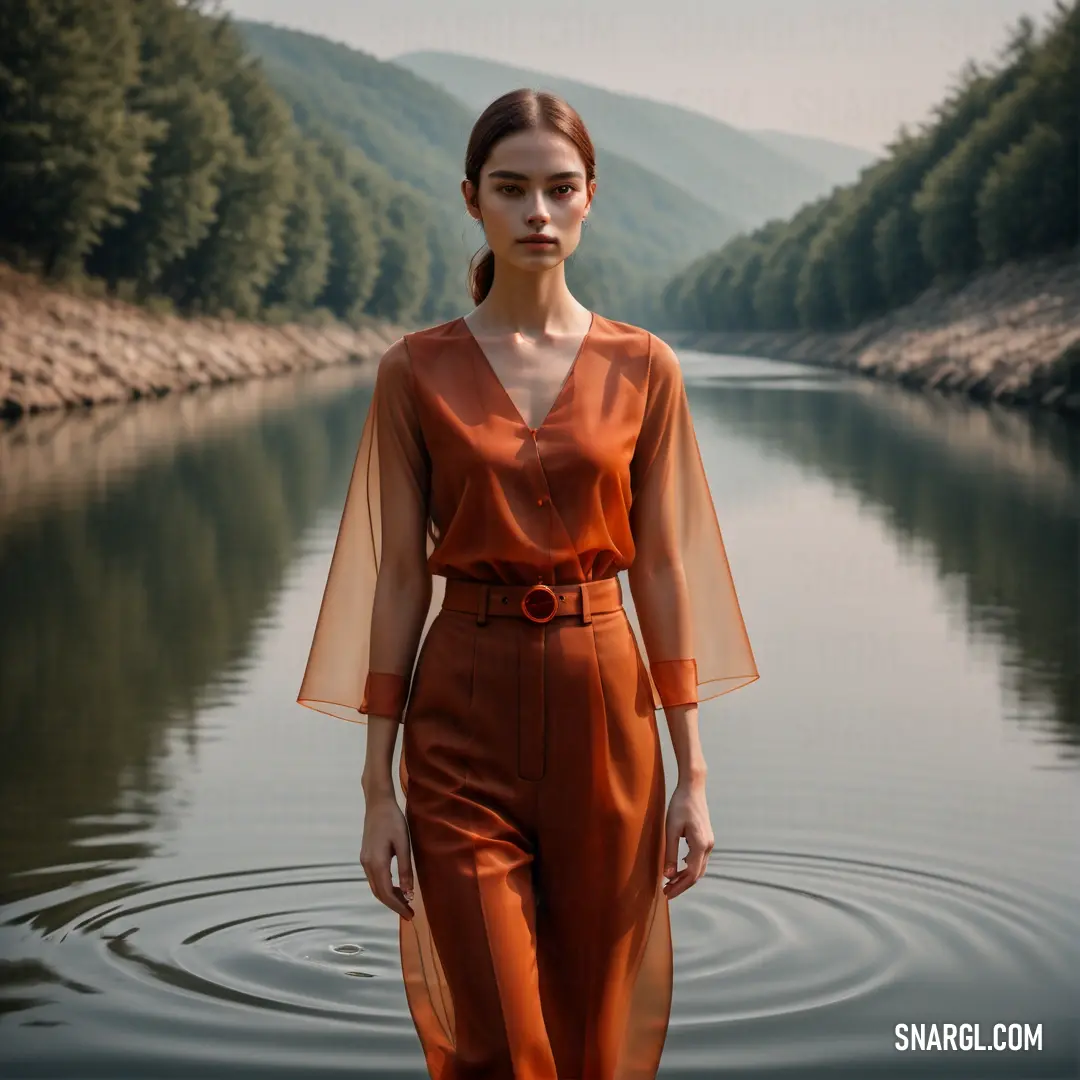
See these colors in NCS, PANTONE, RAL palettes...

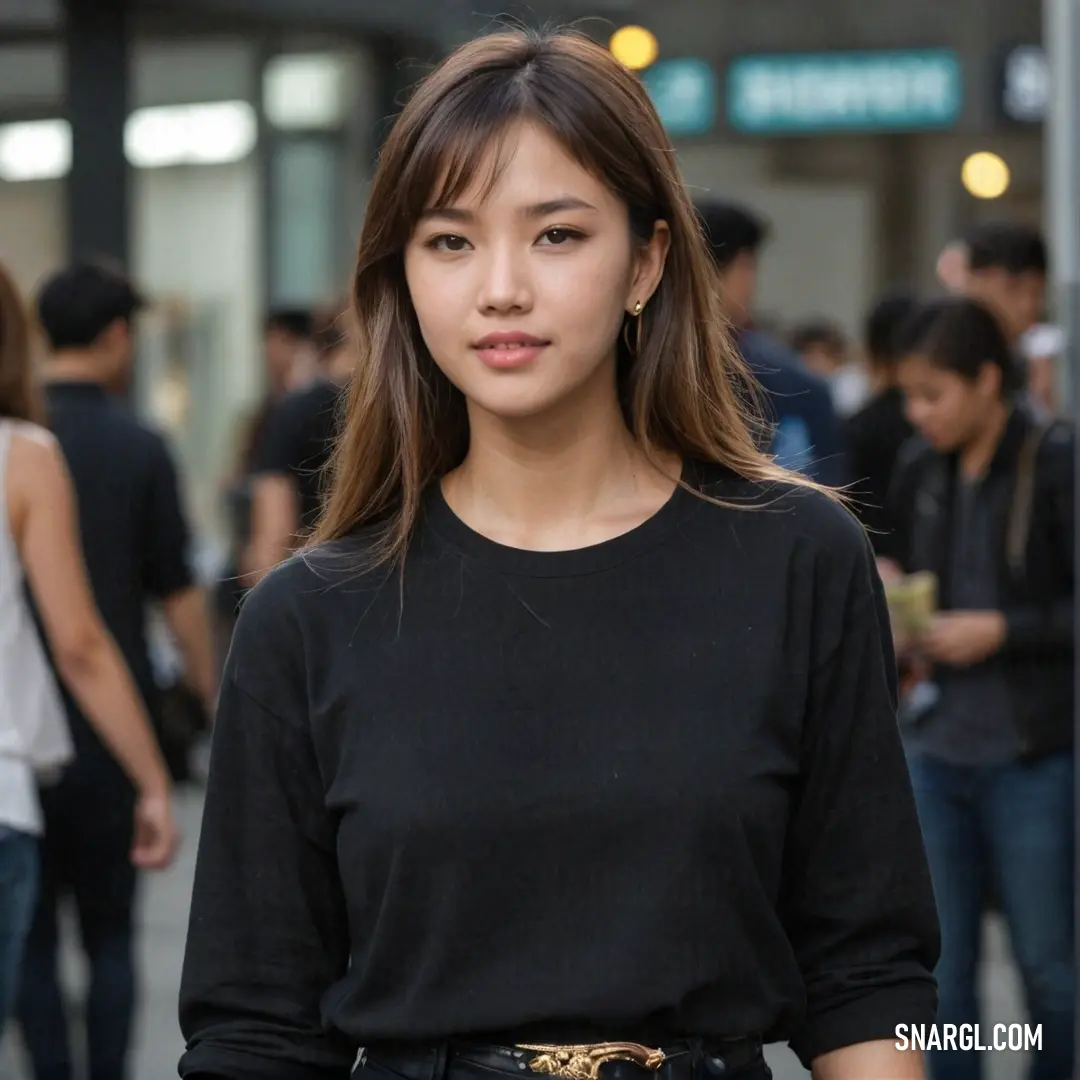
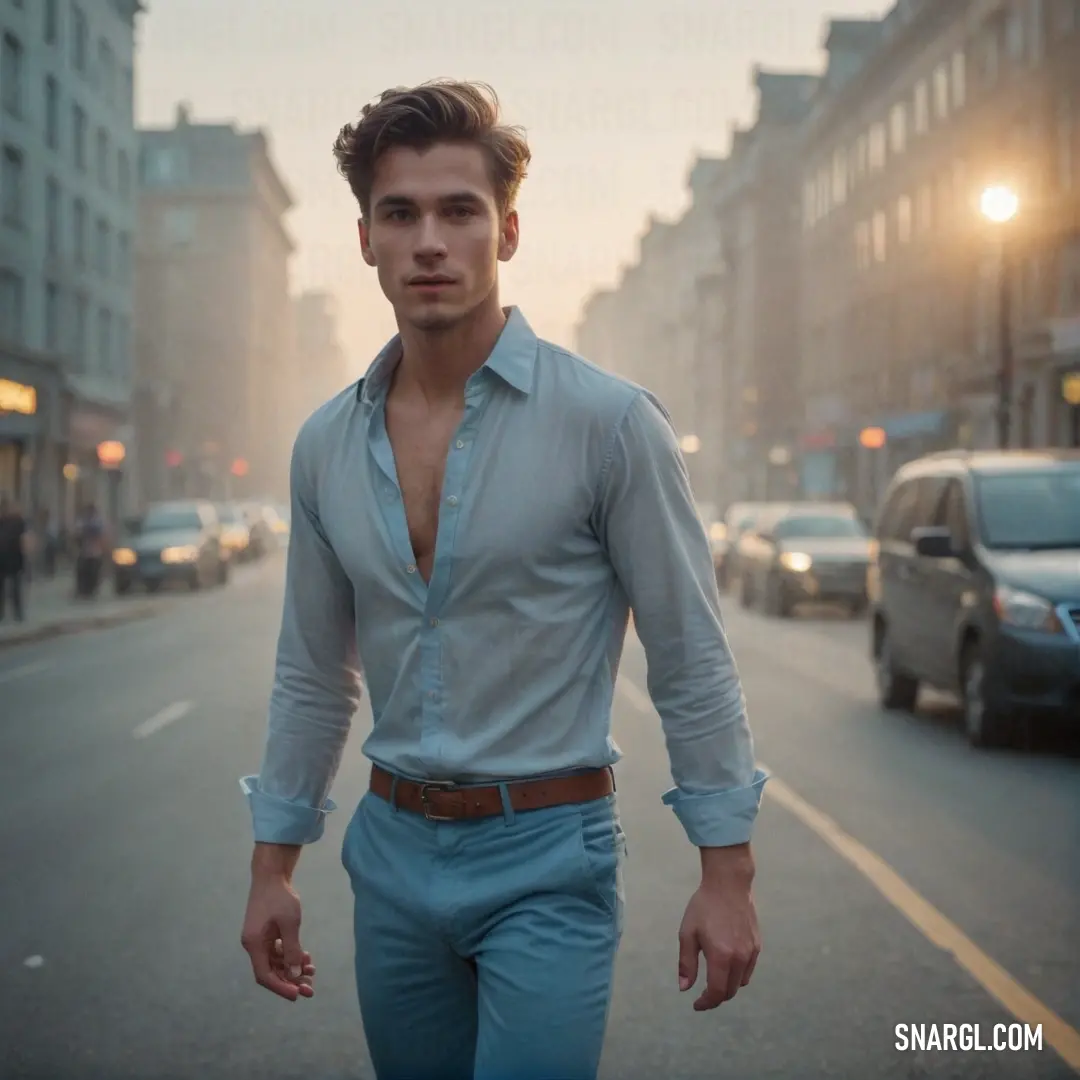
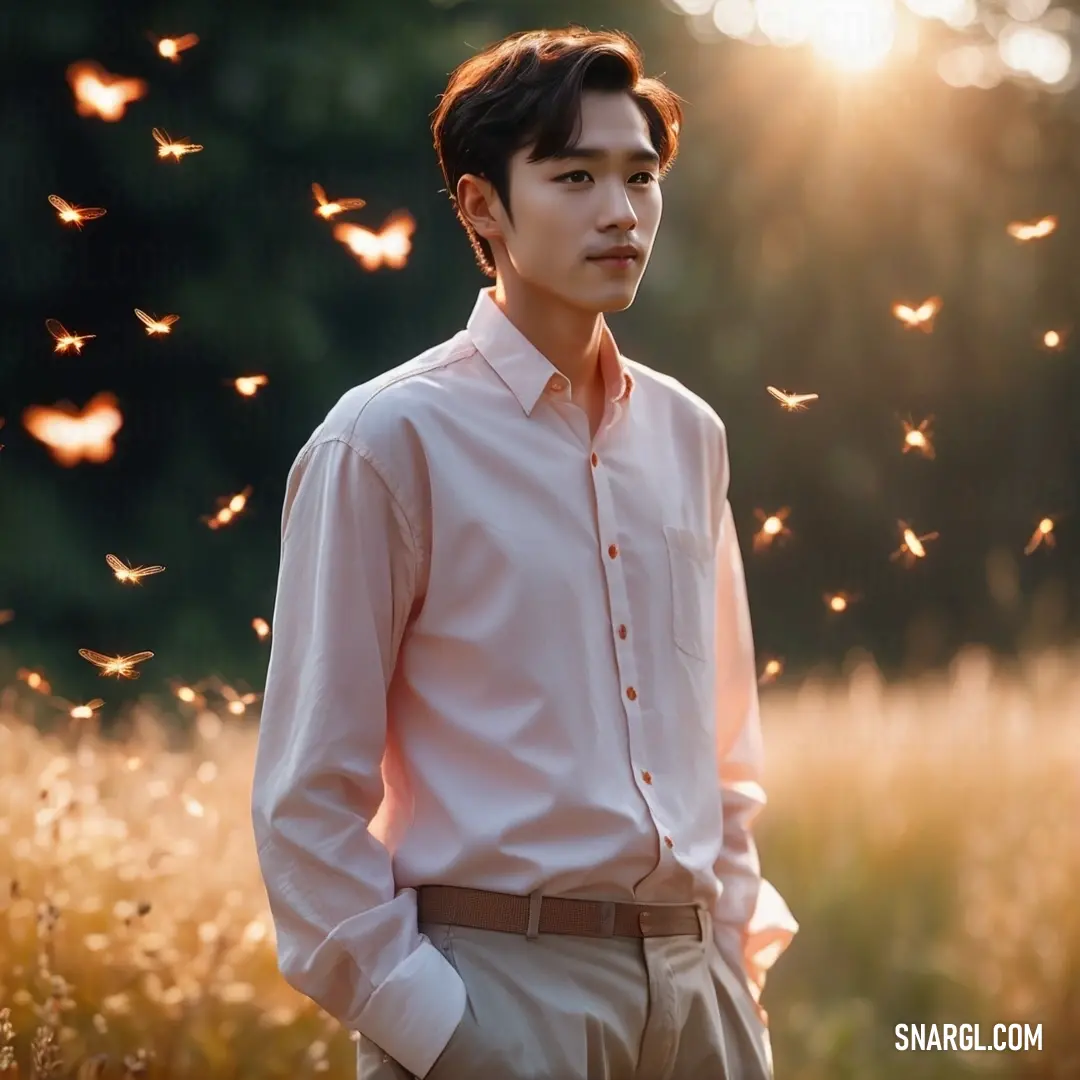
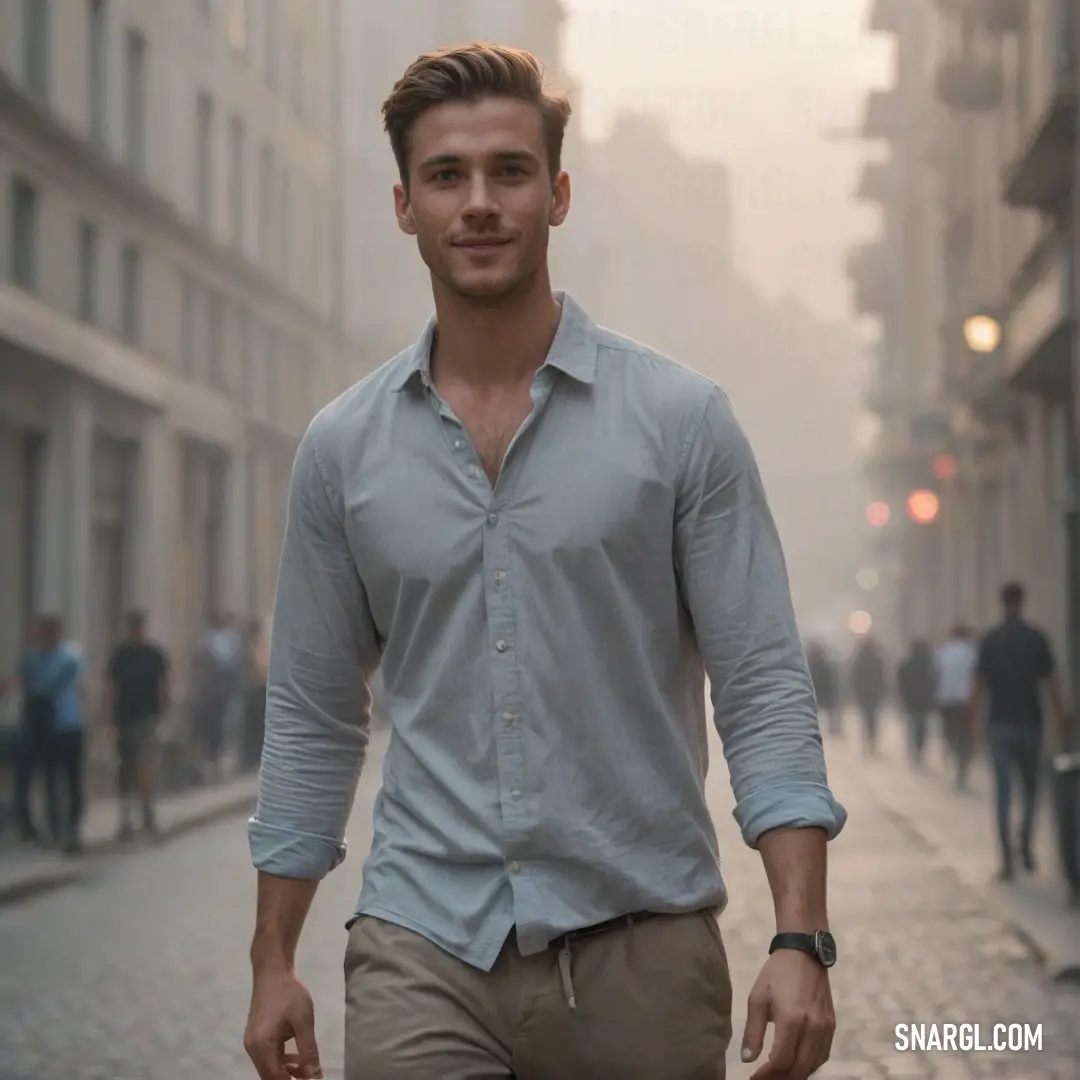
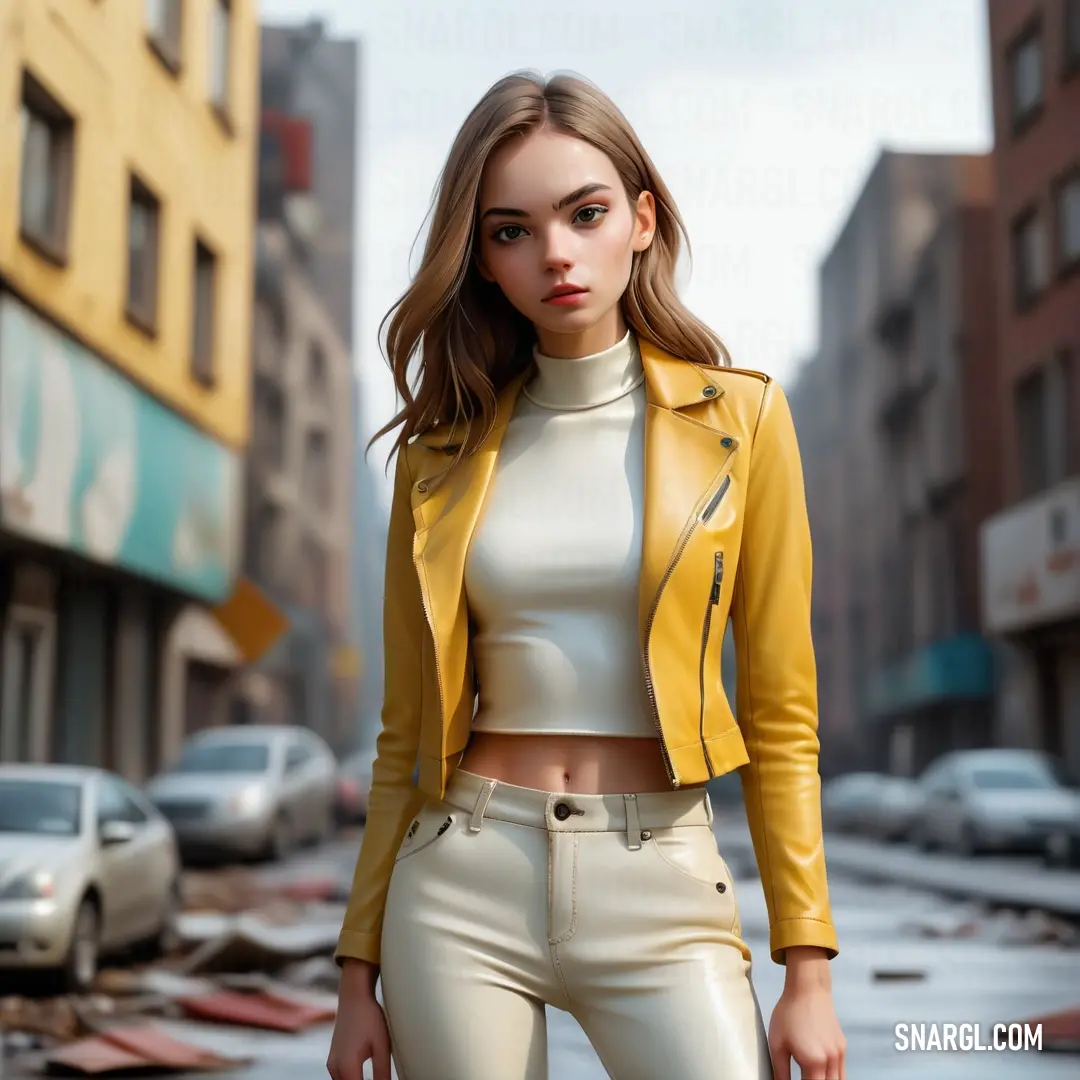
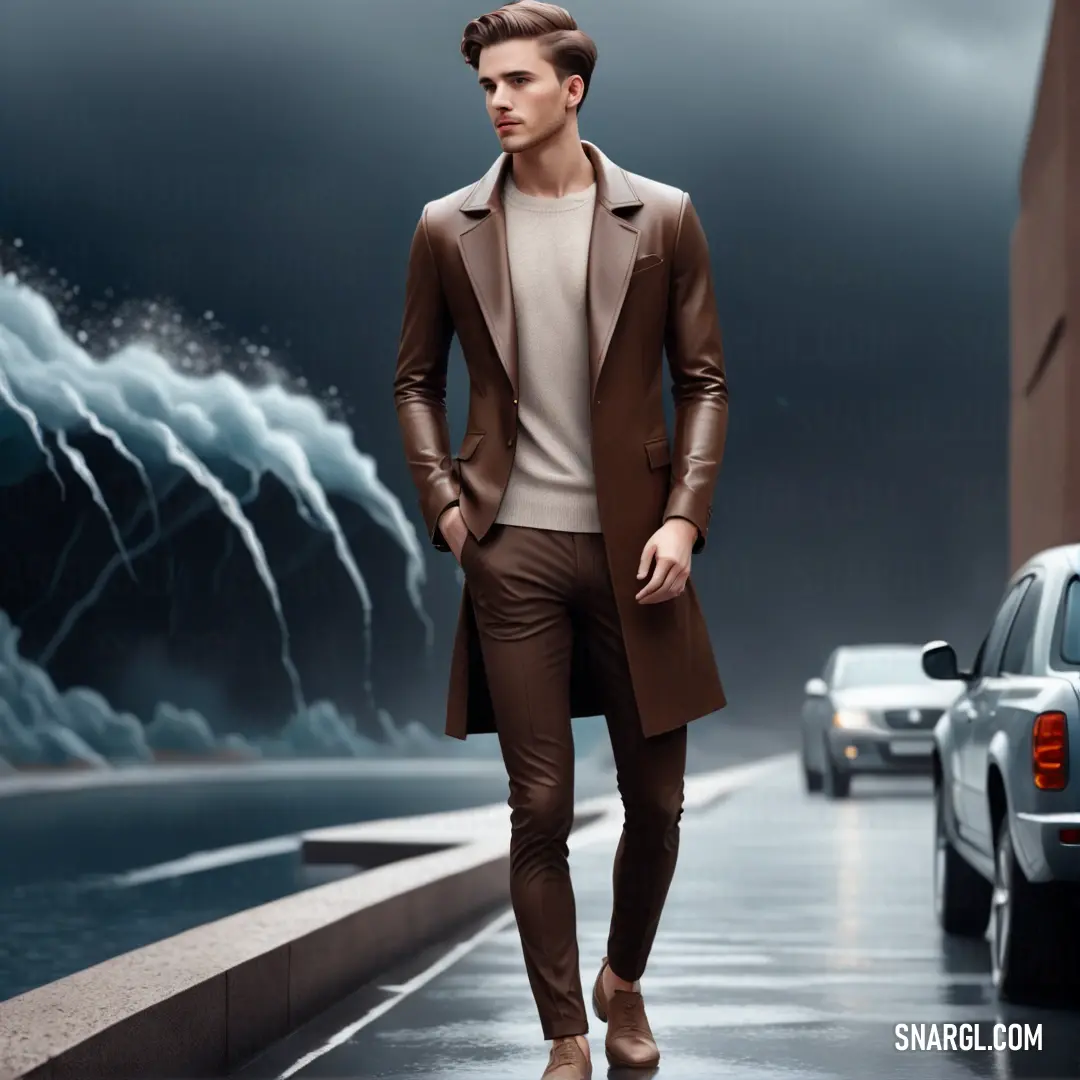
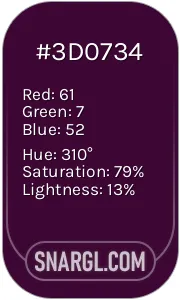 Canonical aubergine
Canonical aubergine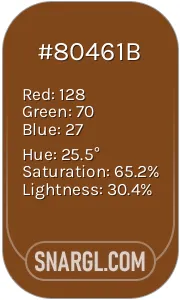 Russet
Russet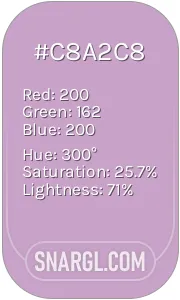 Lilac
Lilac Royal purple
Royal purple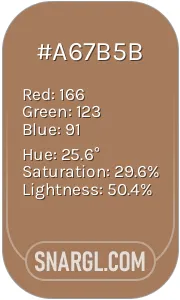 Cafe au lait
Cafe au lait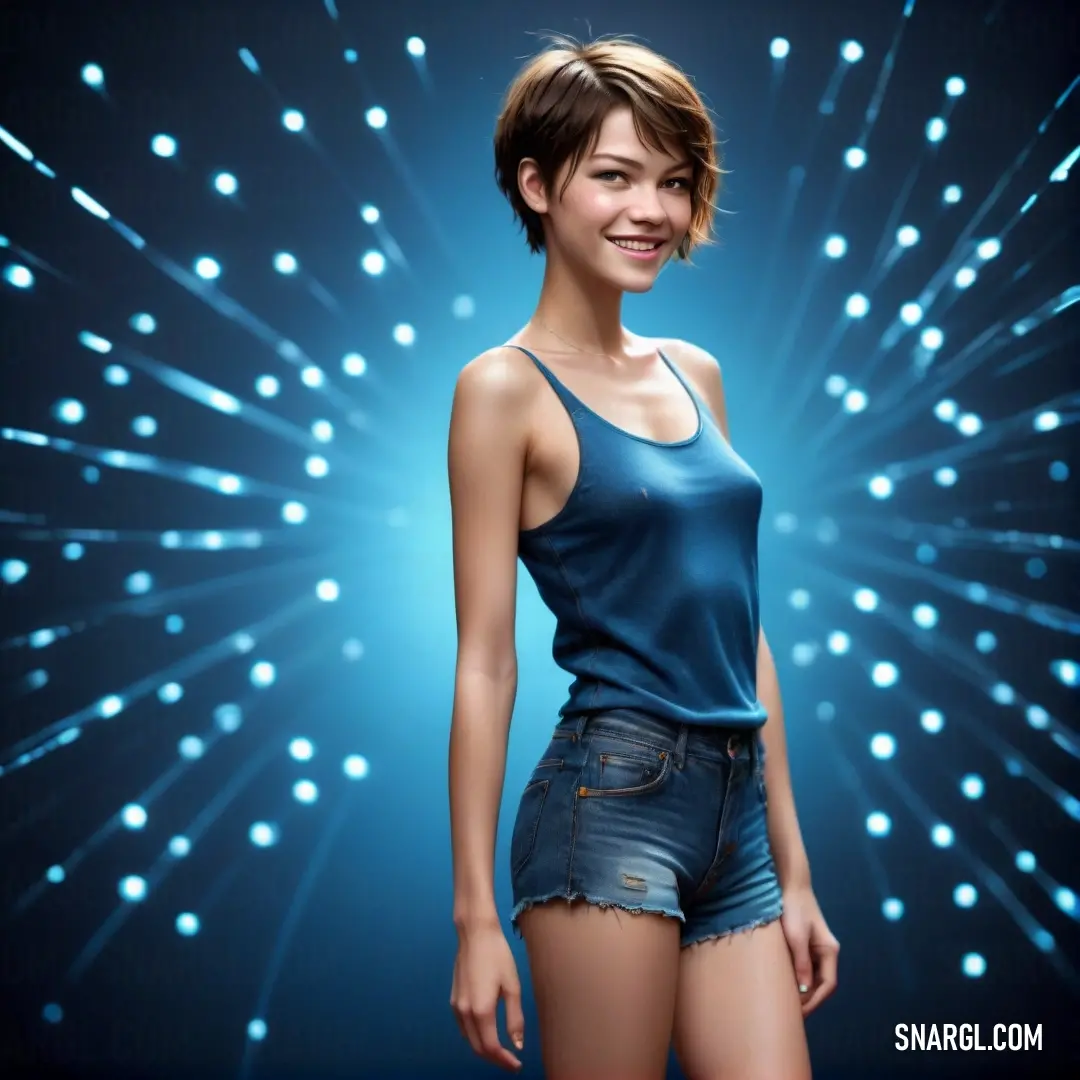
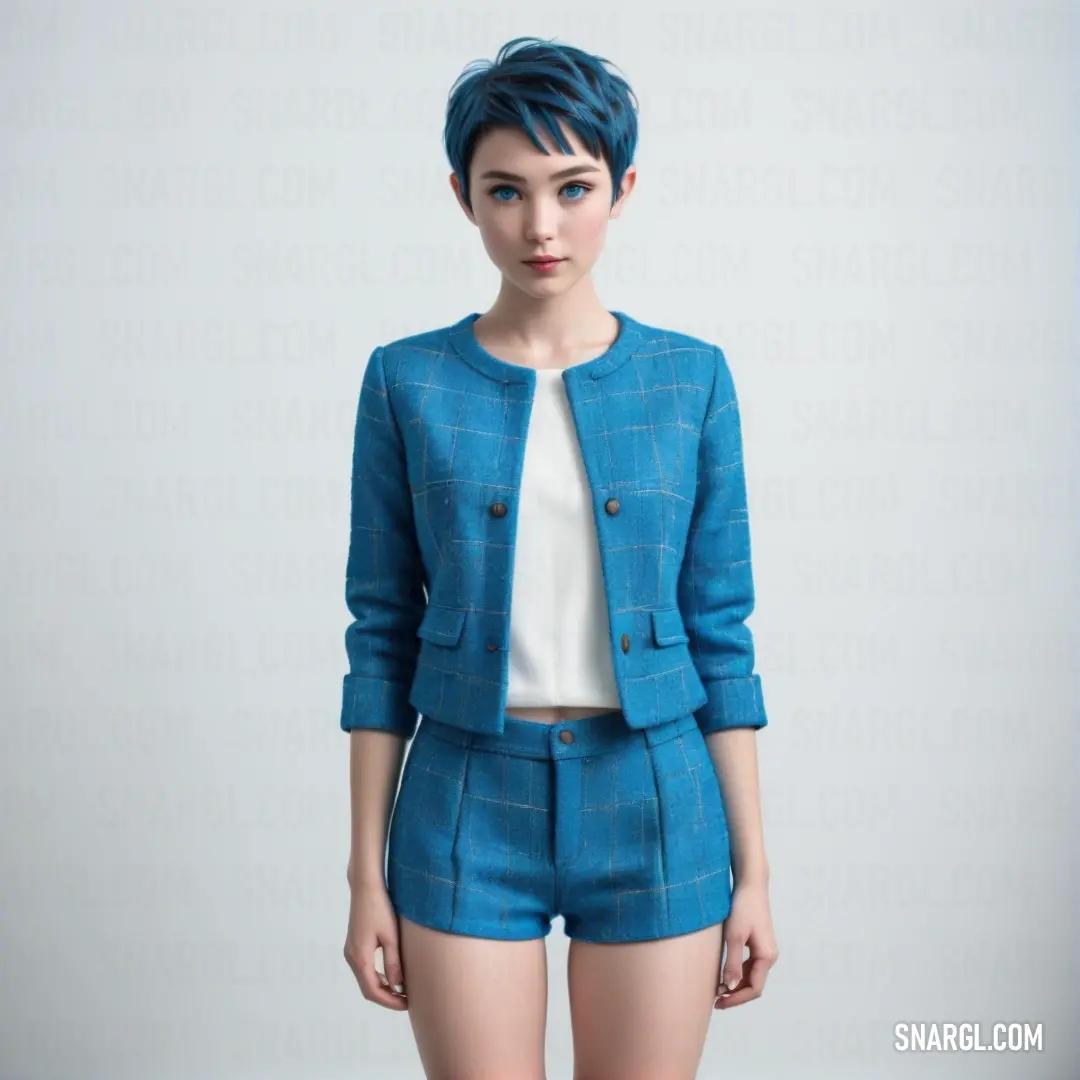
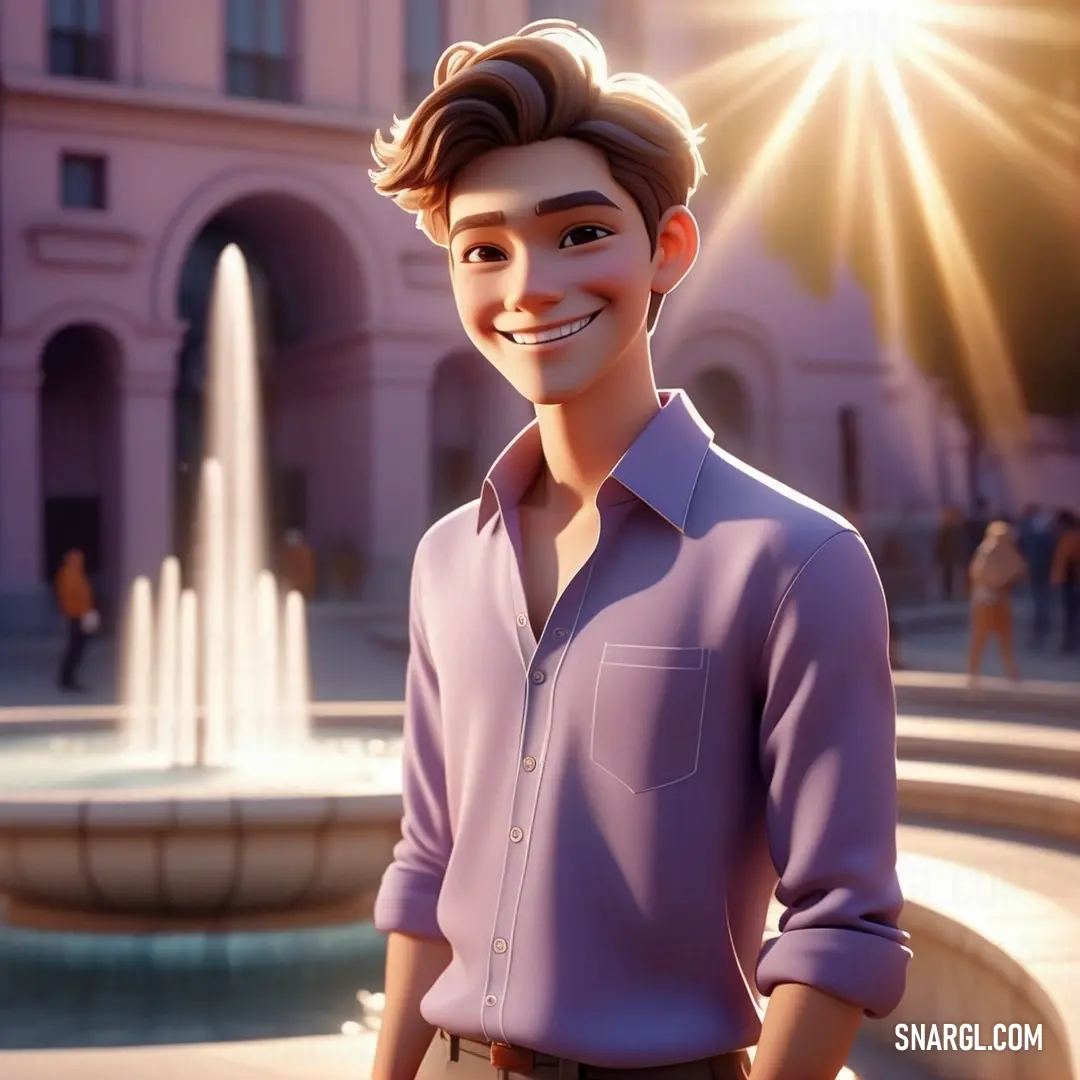
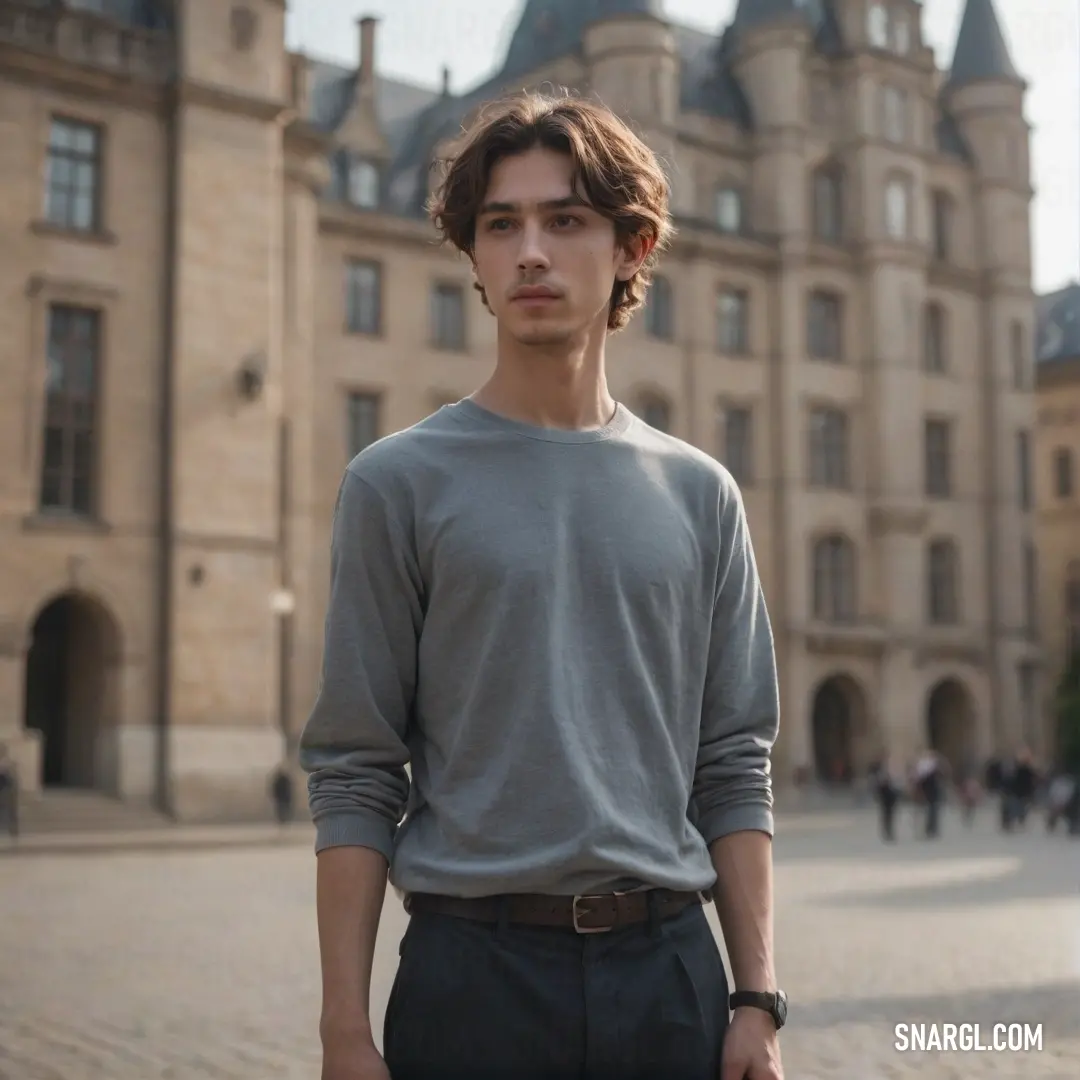
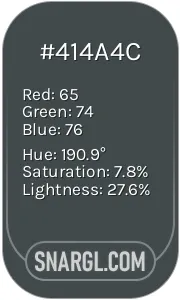 Outer Space
Outer Space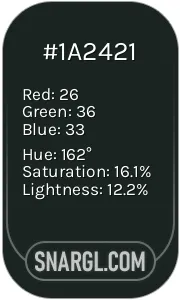 Dark jungle green
Dark jungle green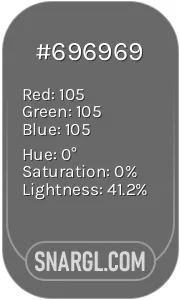 Dim gray
Dim gray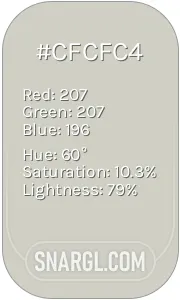 Pastel gray
Pastel gray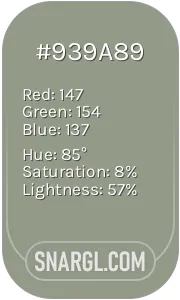 Gray-Tea Green
Gray-Tea Green
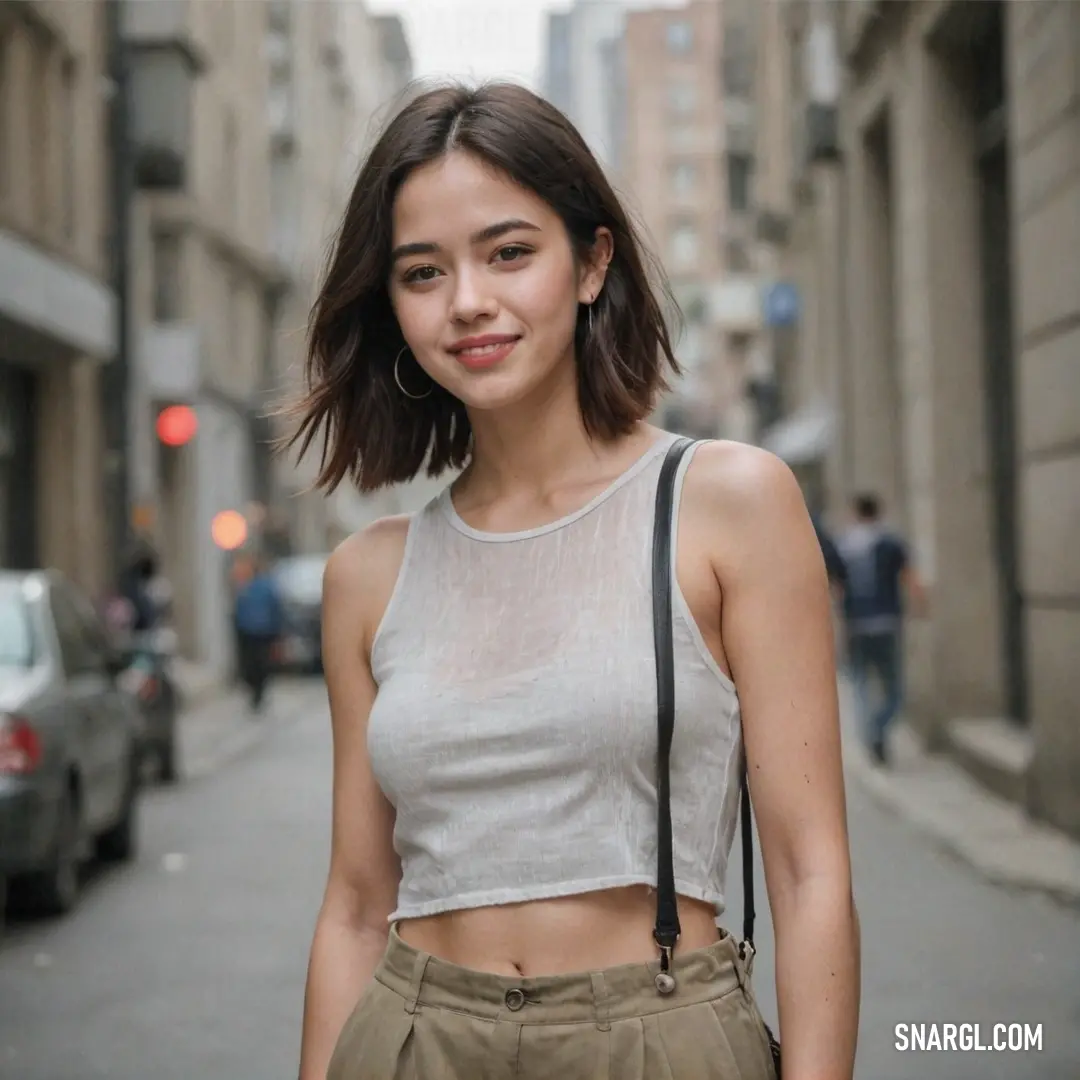
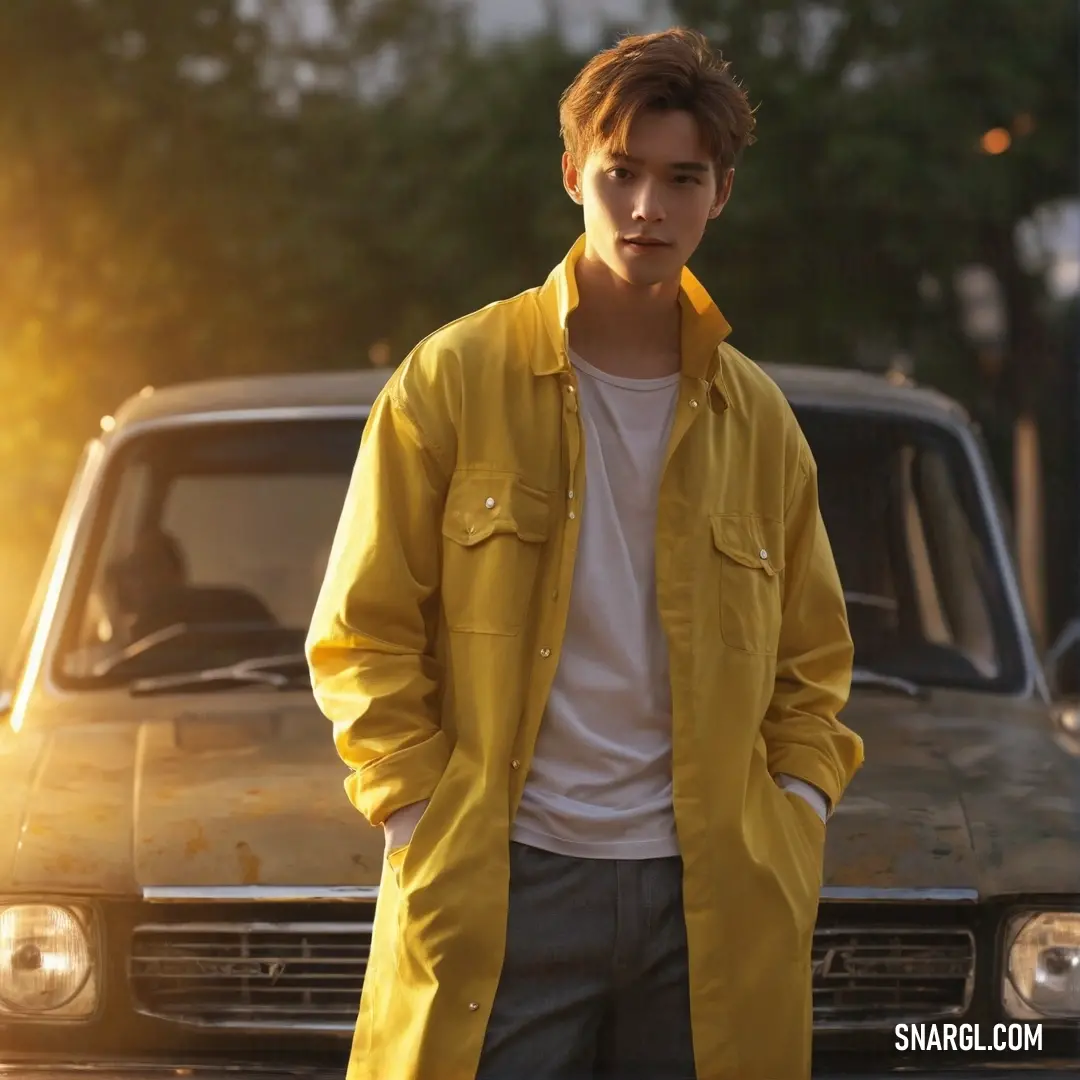
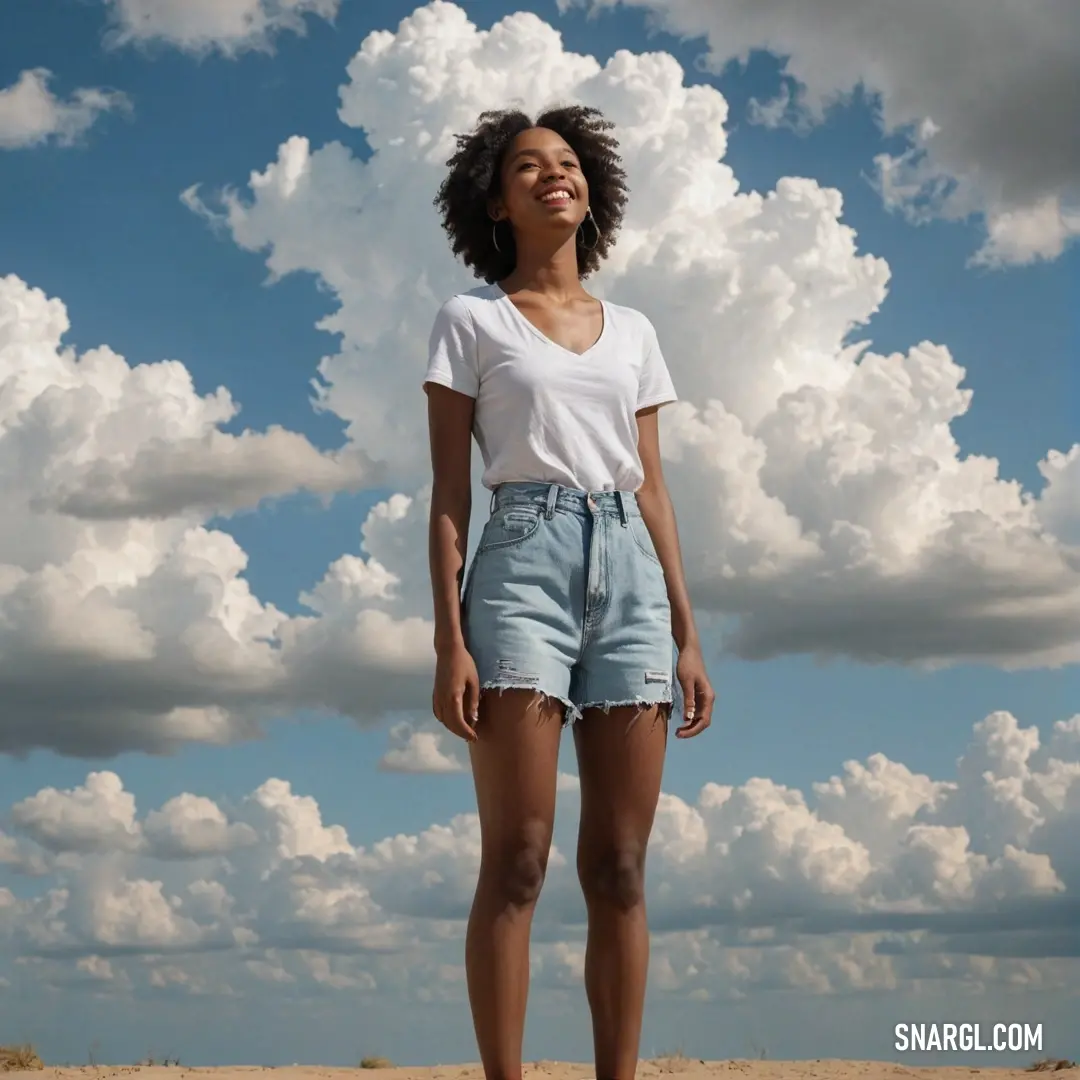
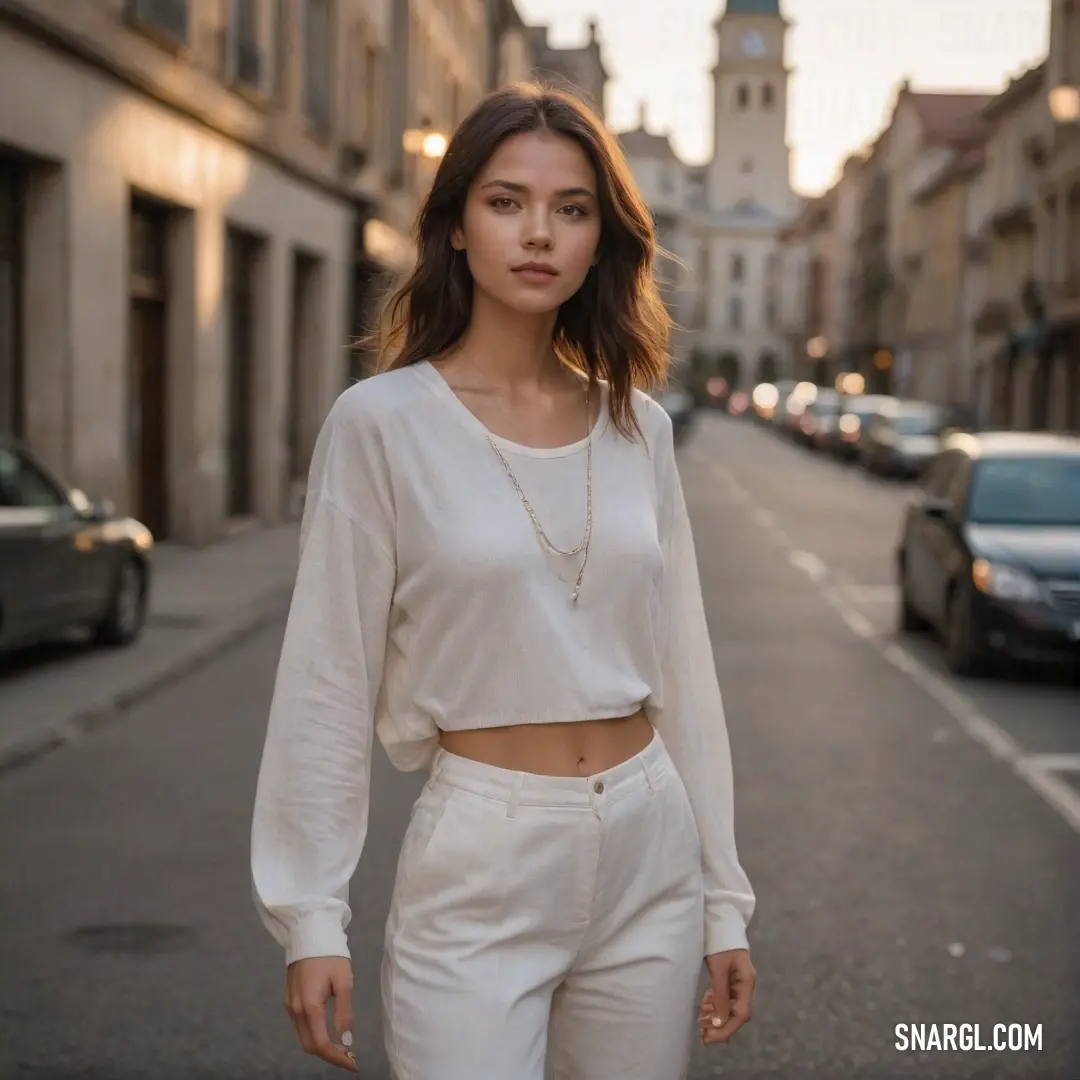
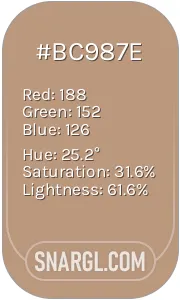 Pale taupe
Pale taupe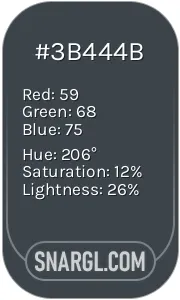 Arsenic
Arsenic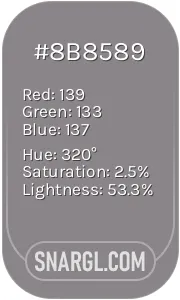 Taupe gray
Taupe gray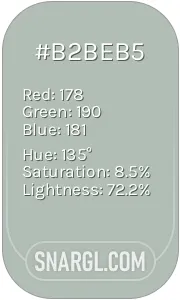 Ash grey
Ash grey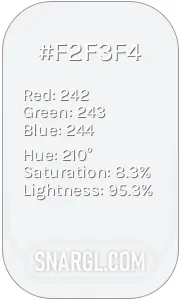 Anti-flash White
Anti-flash White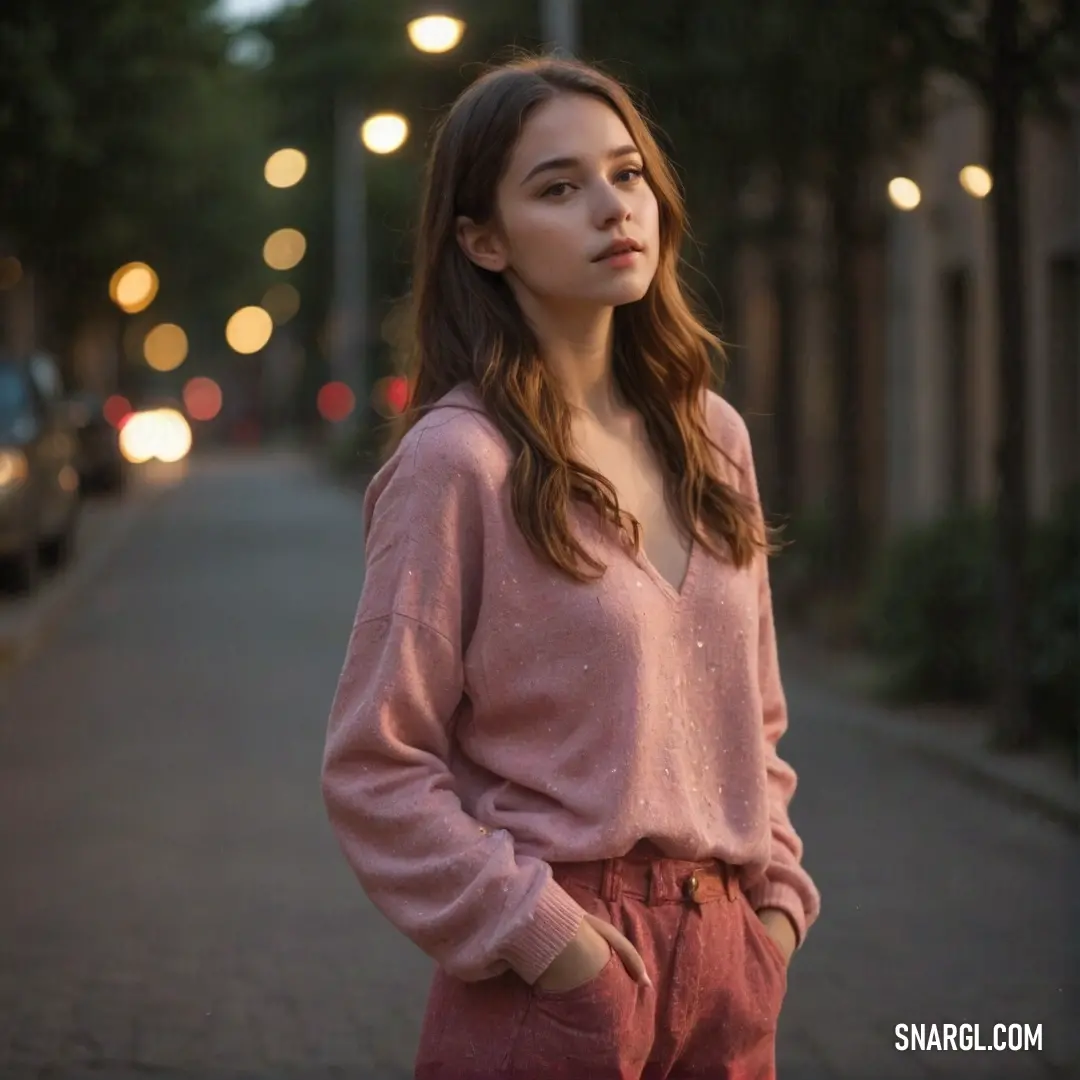
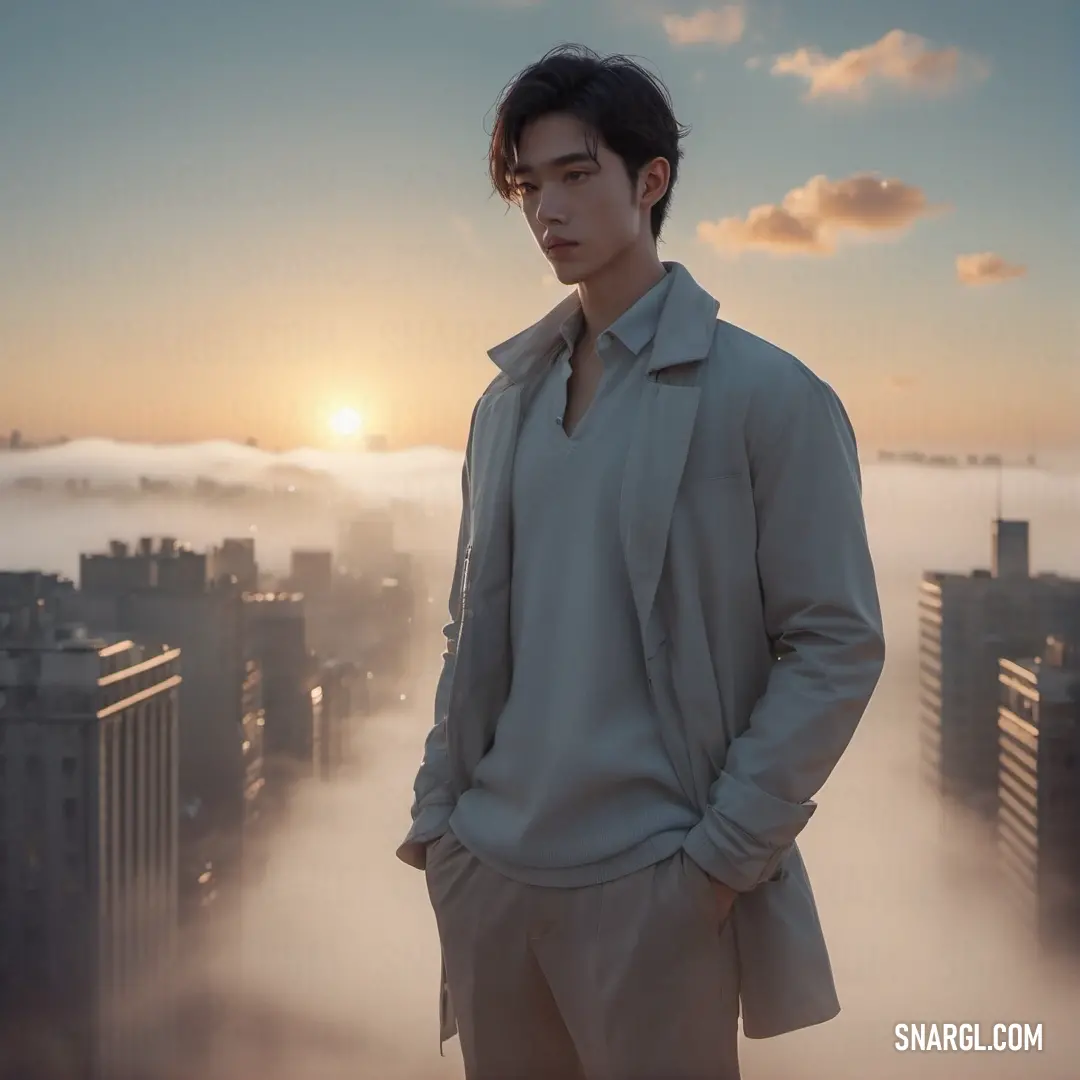
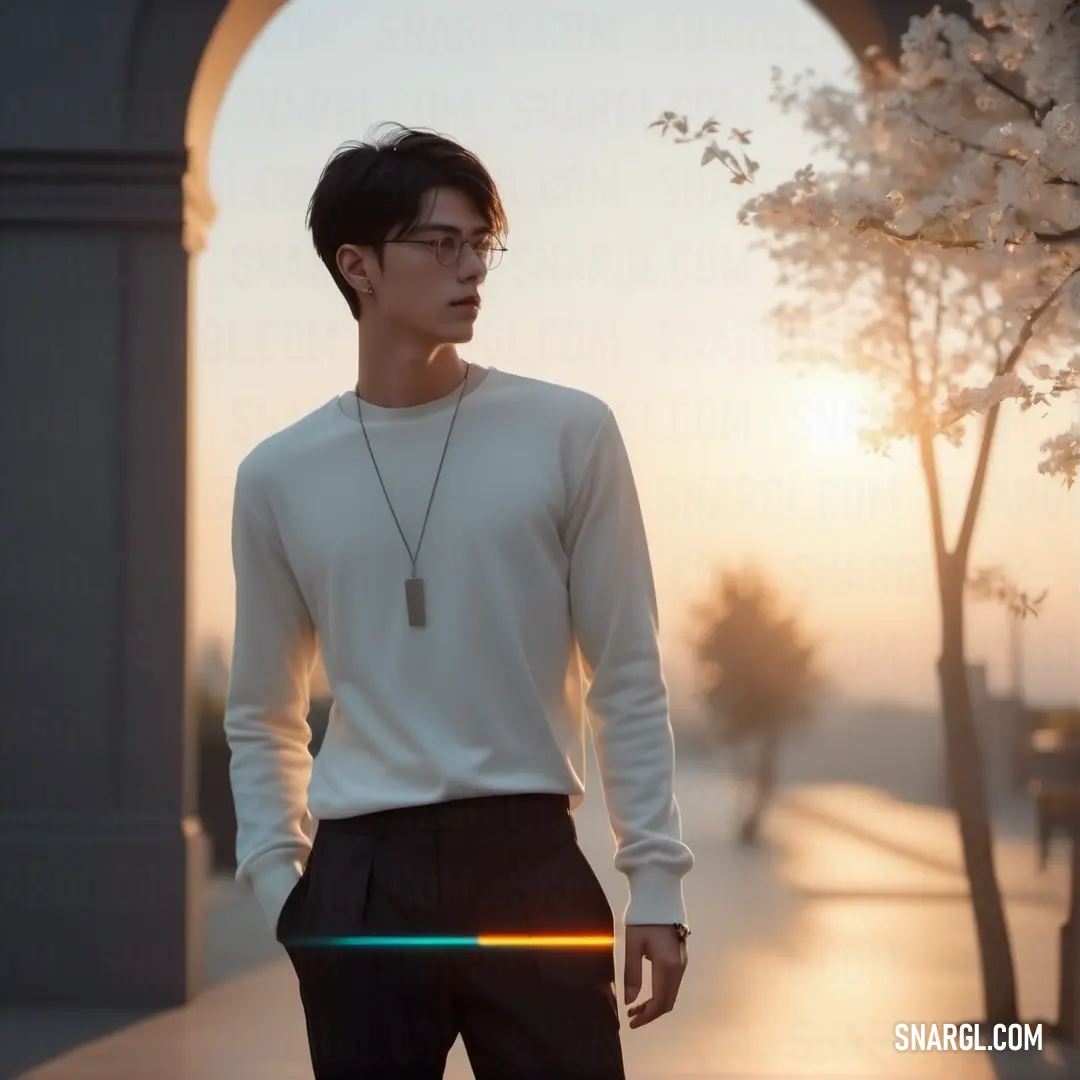
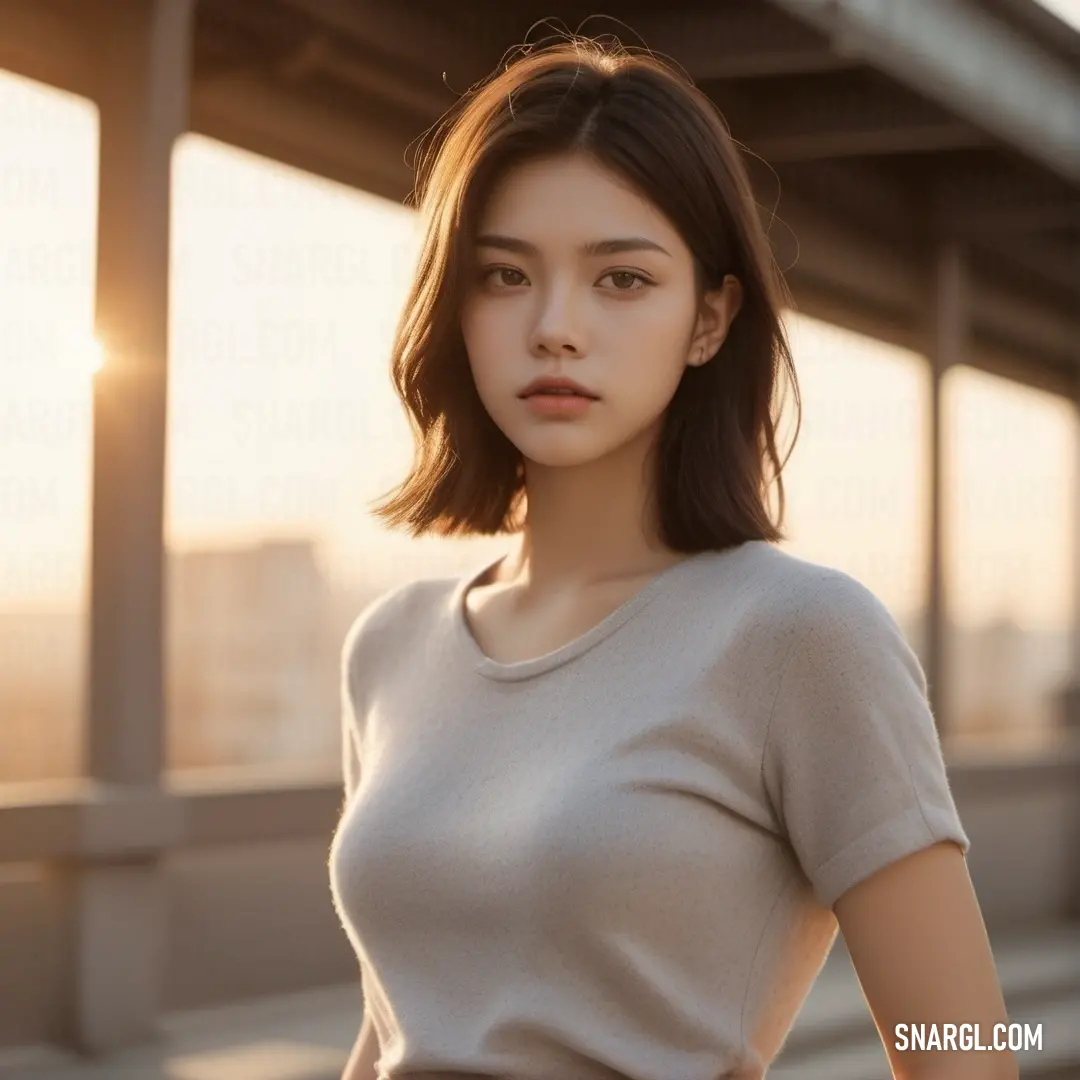
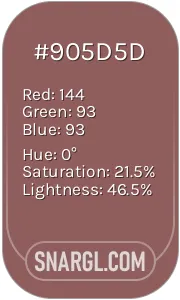 Rose taupe
Rose taupe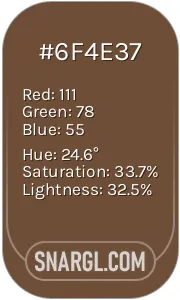 Coffee
Coffee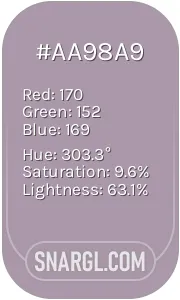 Rose quartz
Rose quartz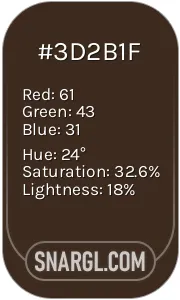 Bistre
Bistre Tumbleweed
Tumbleweed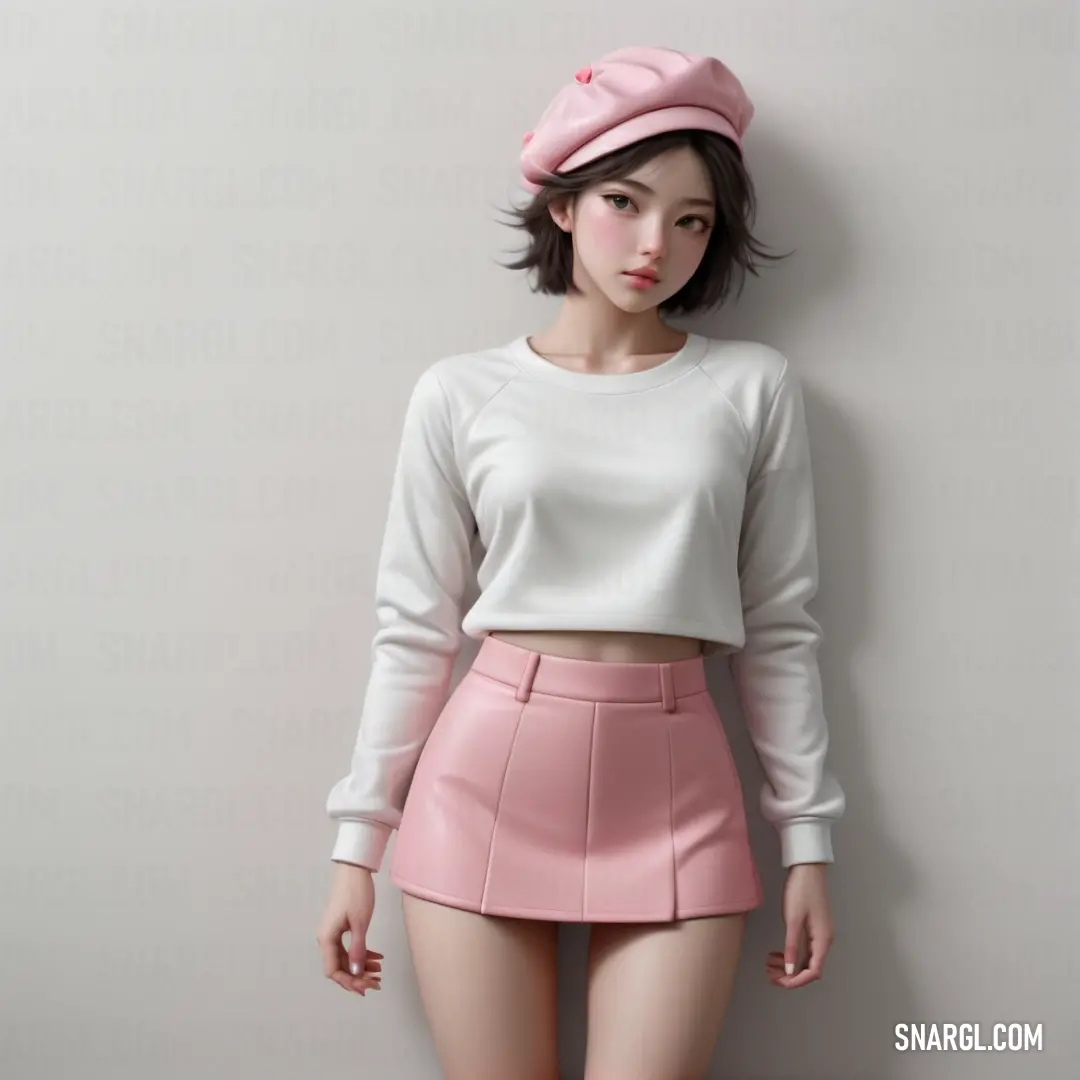
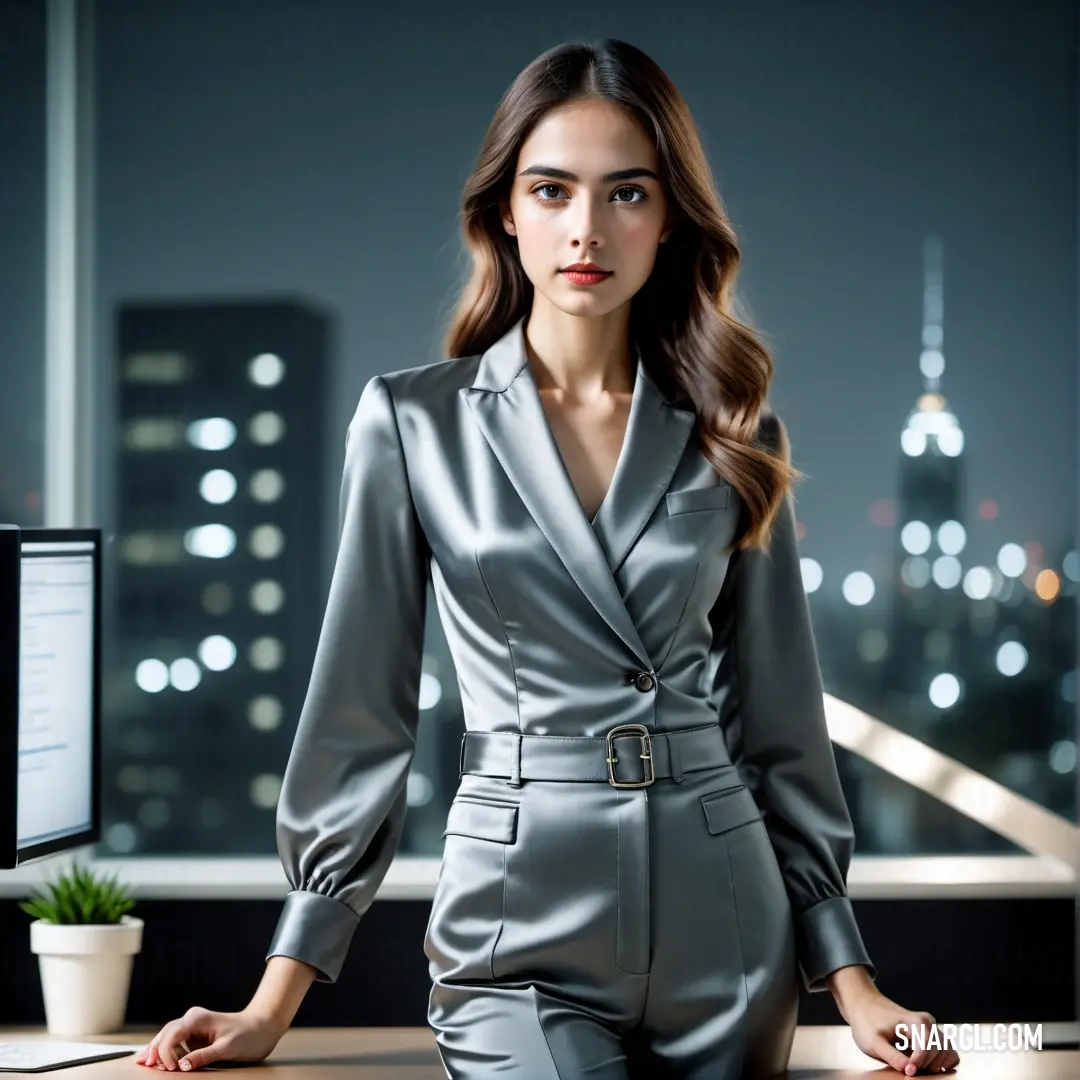
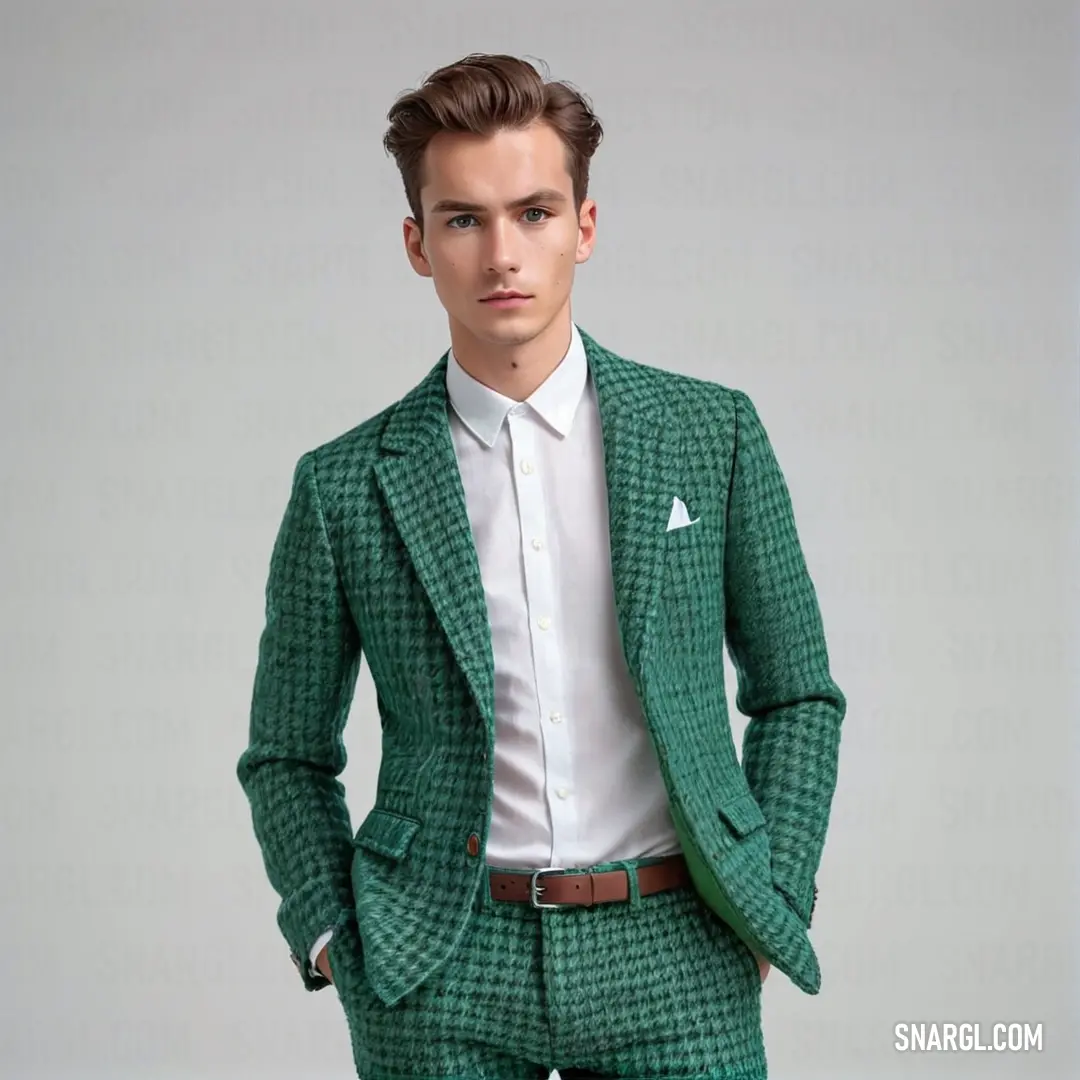
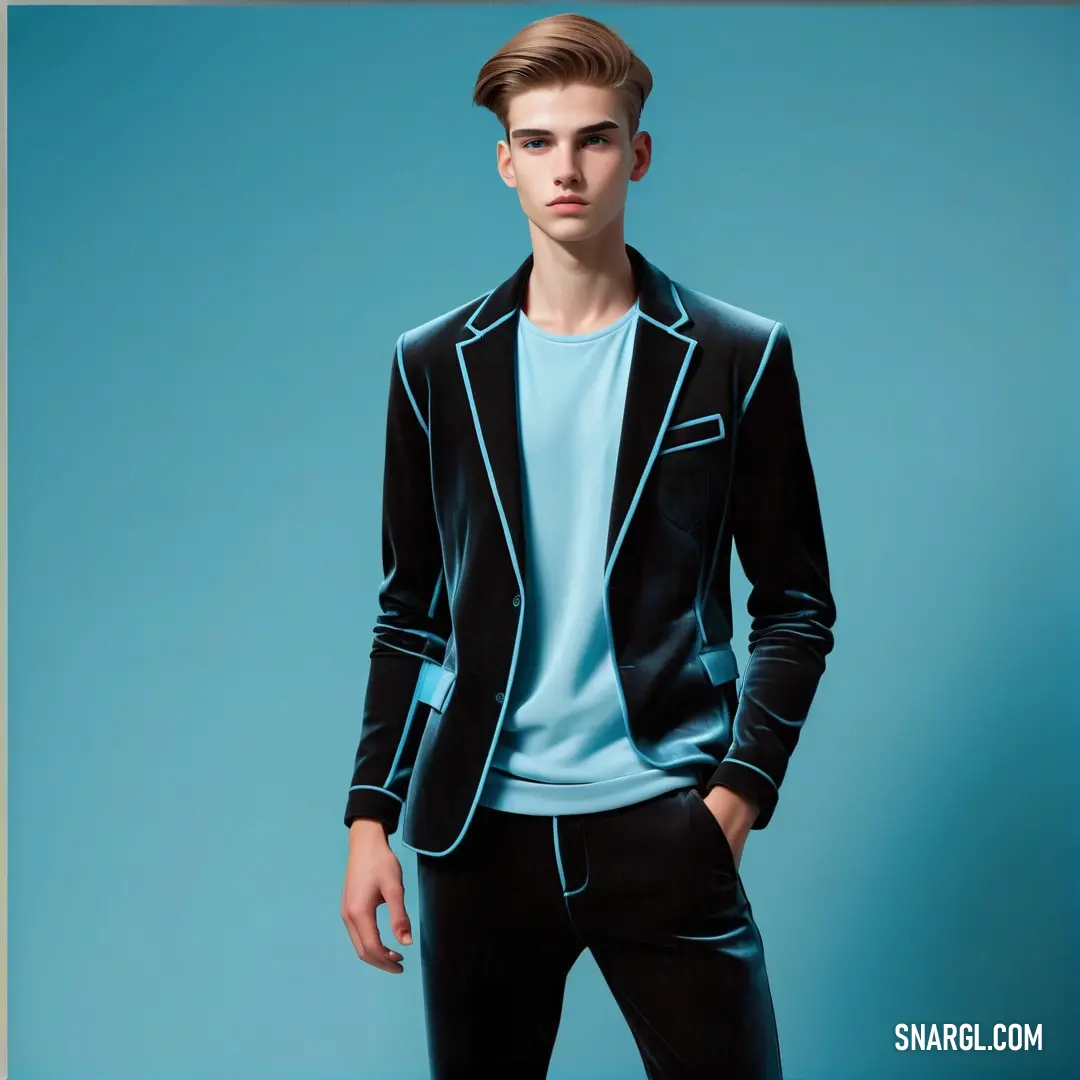
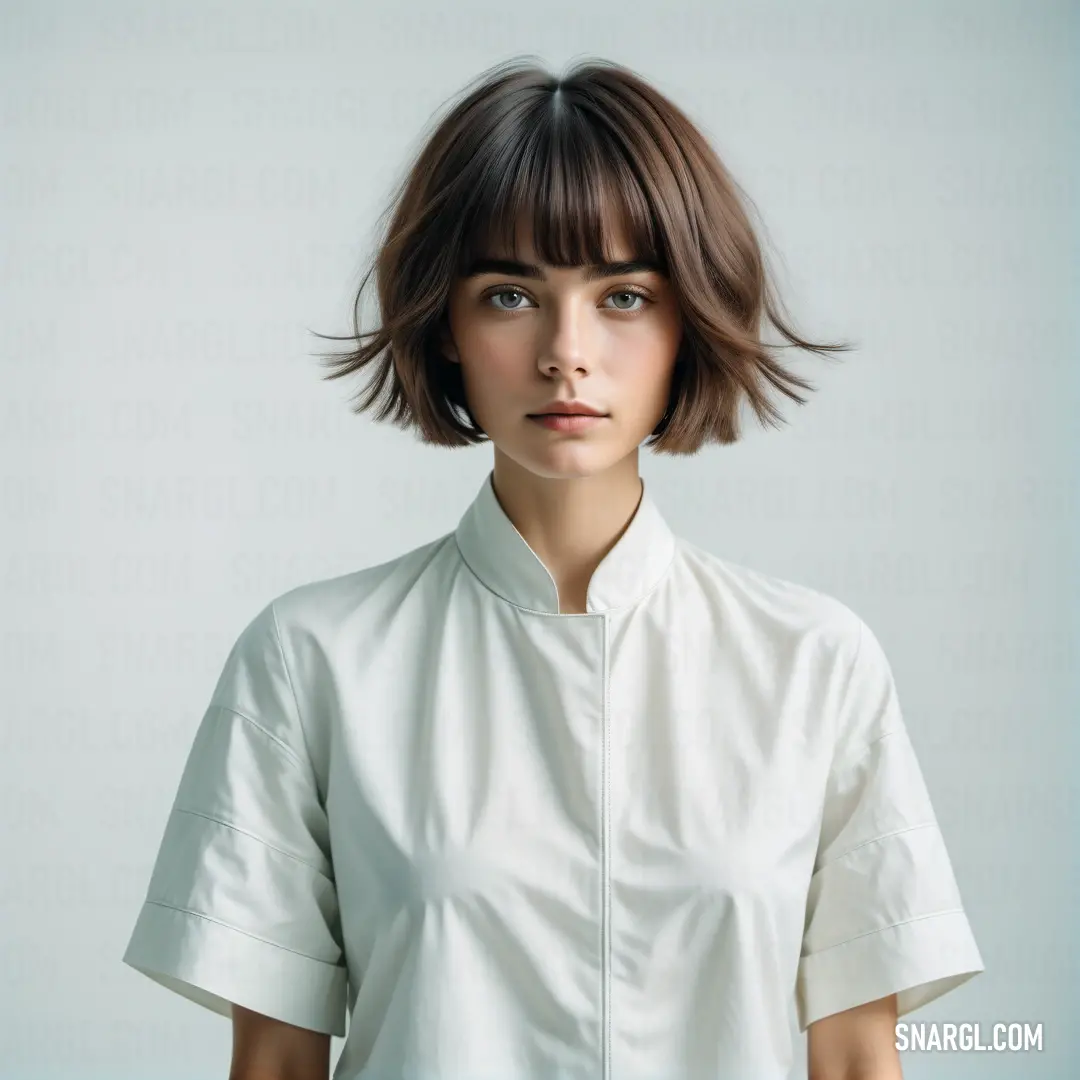
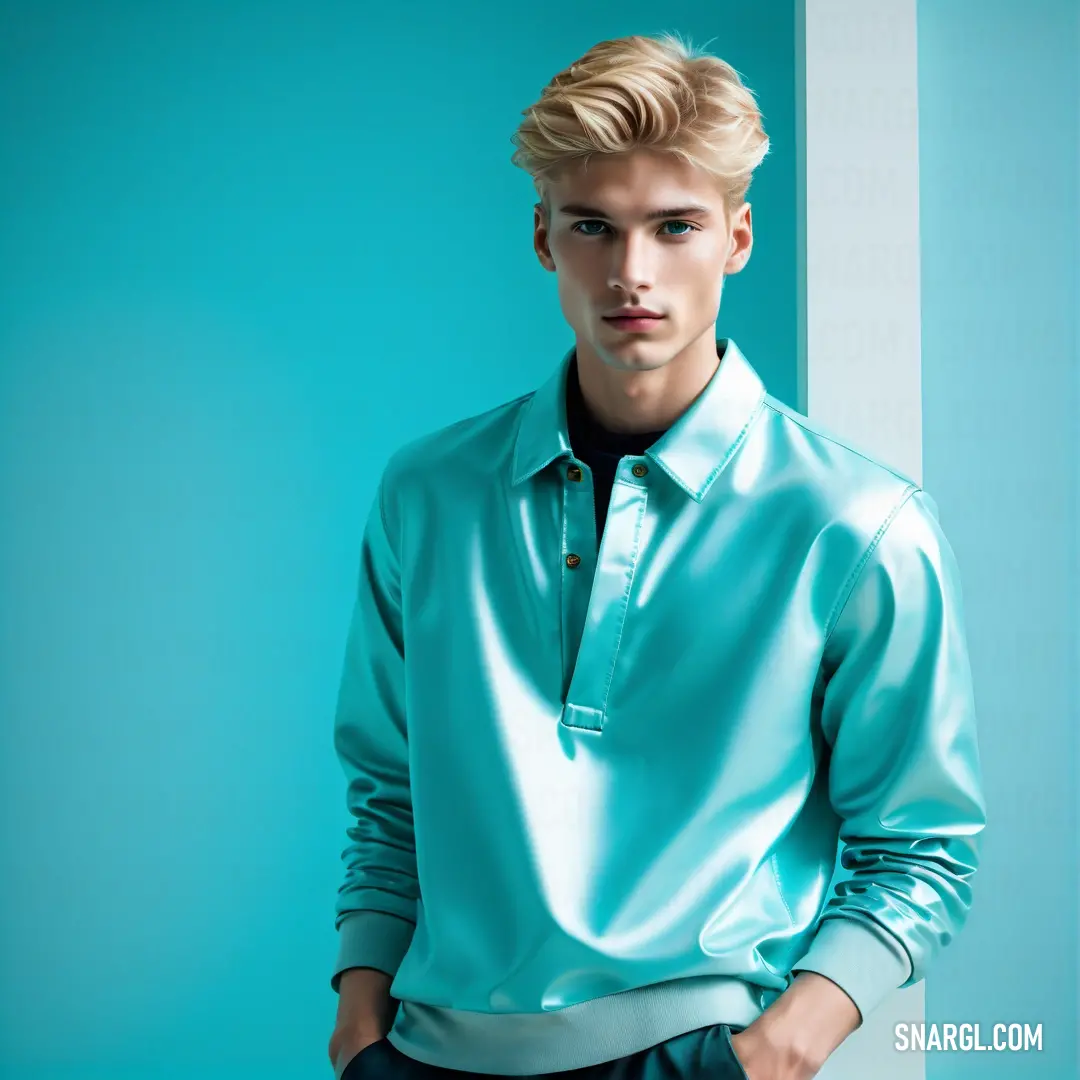
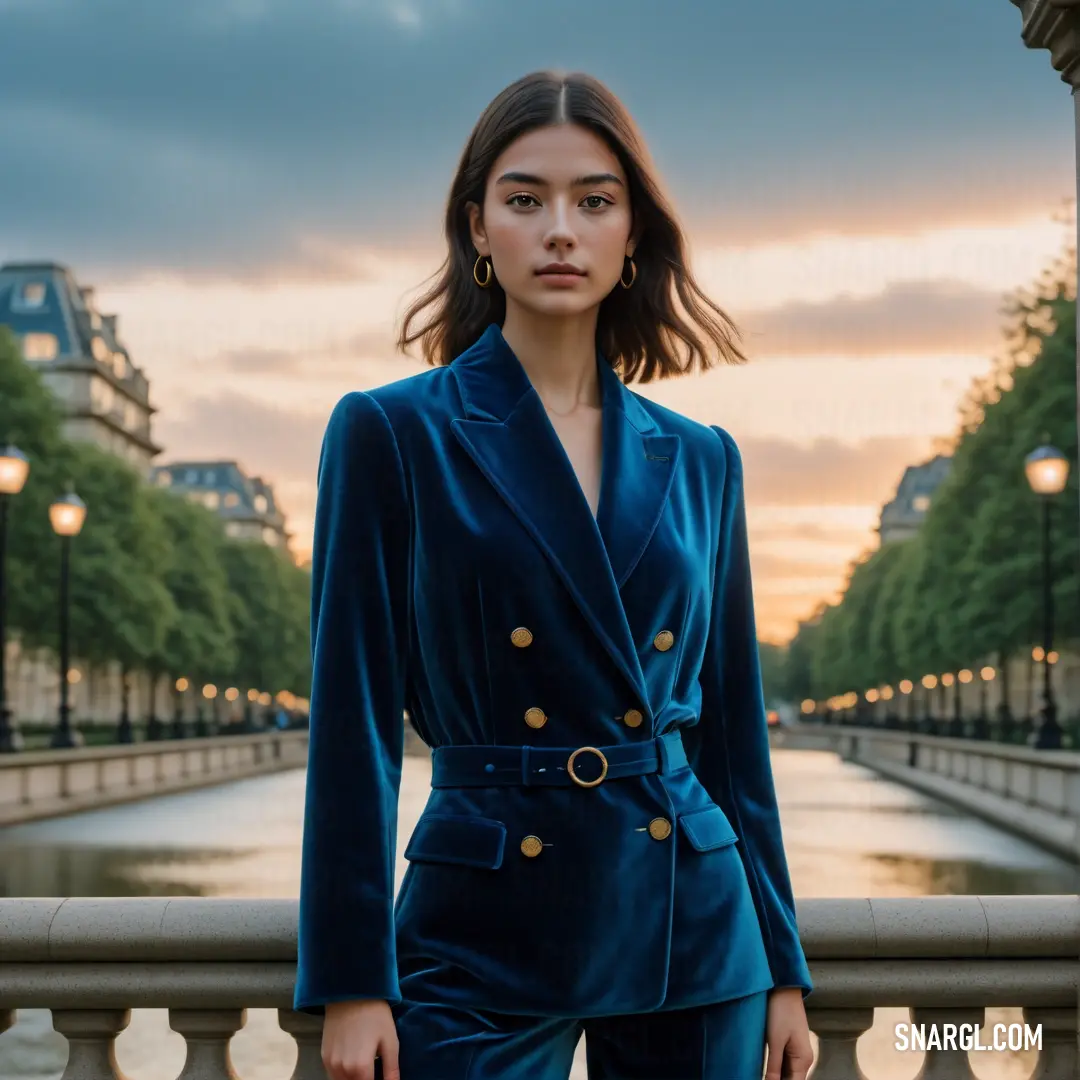
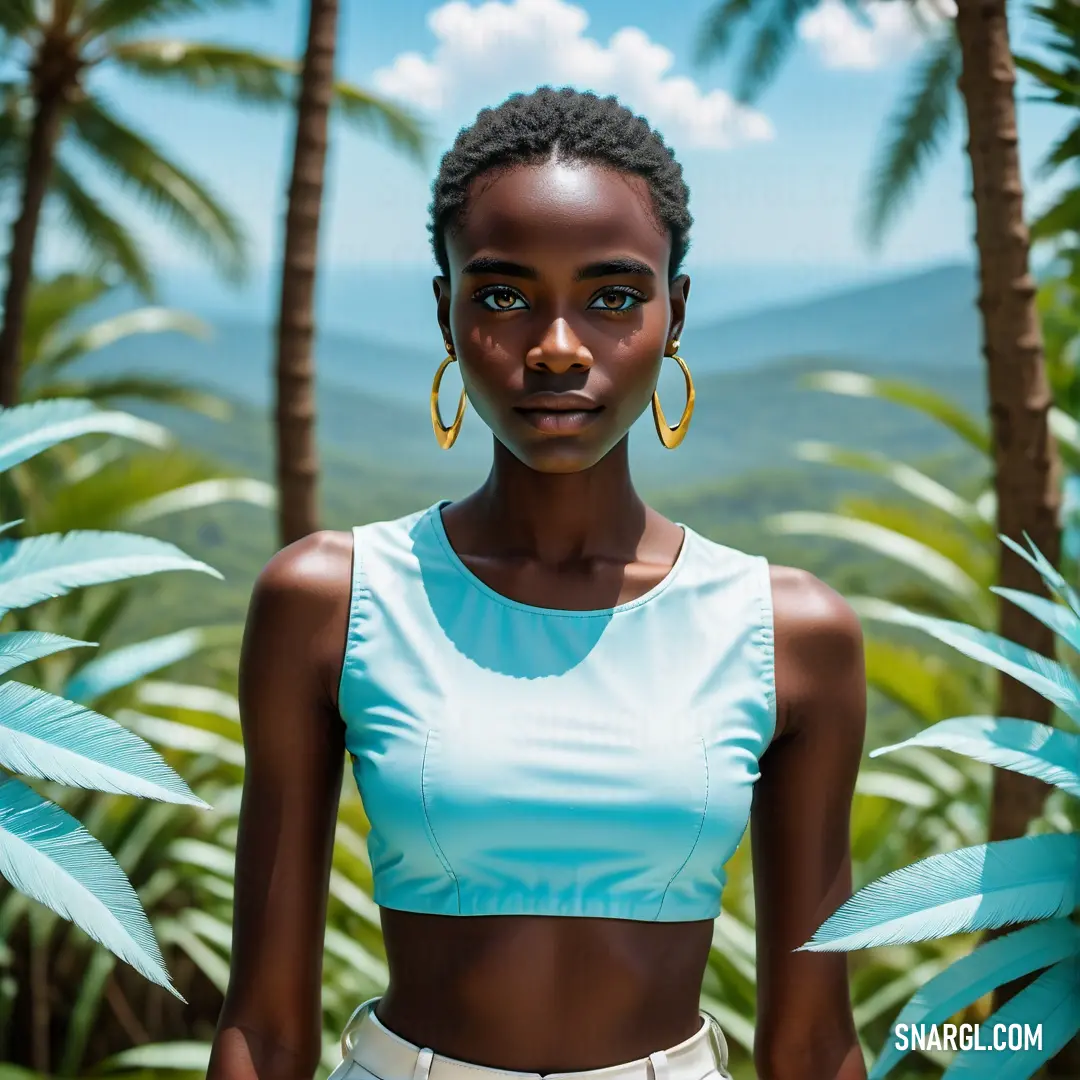
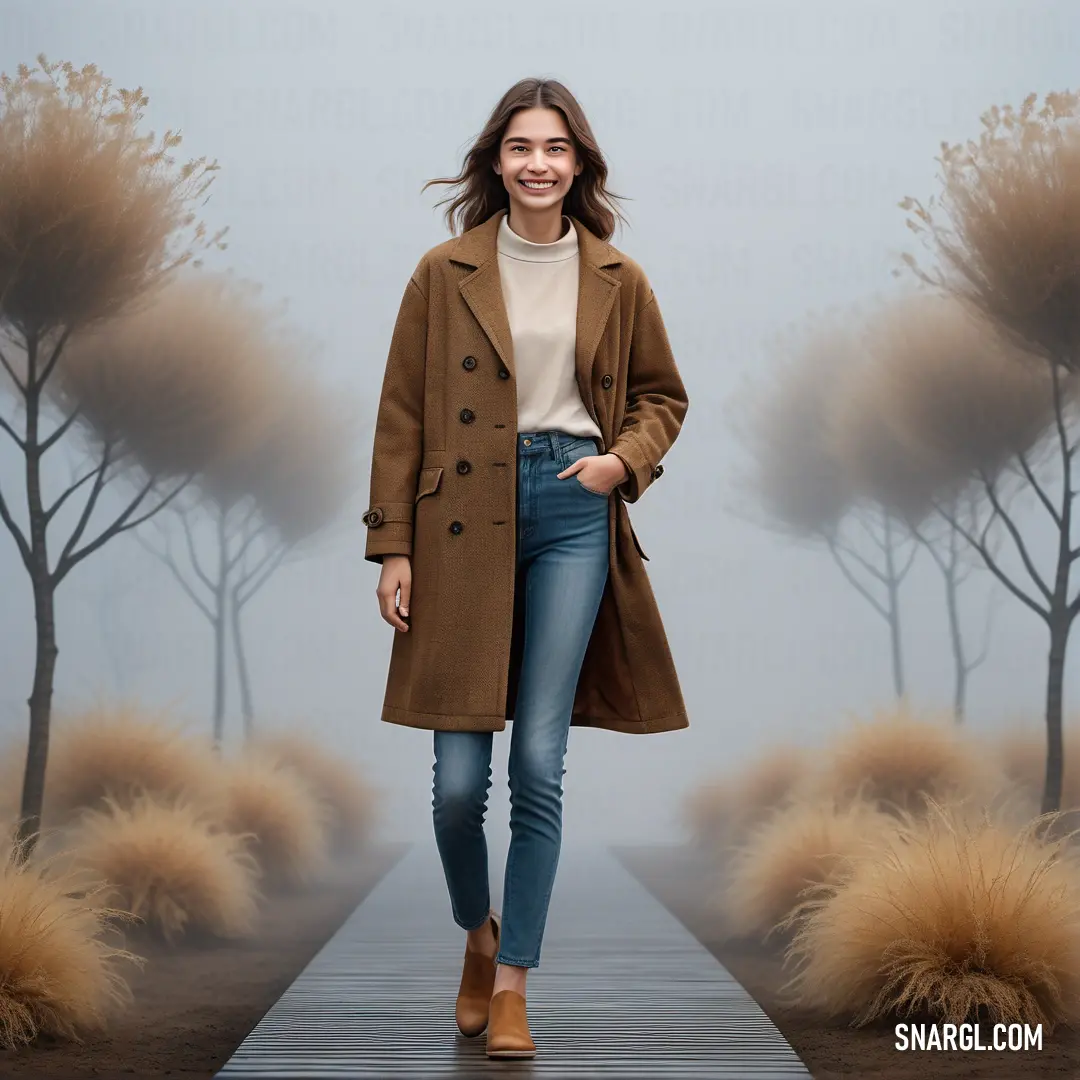
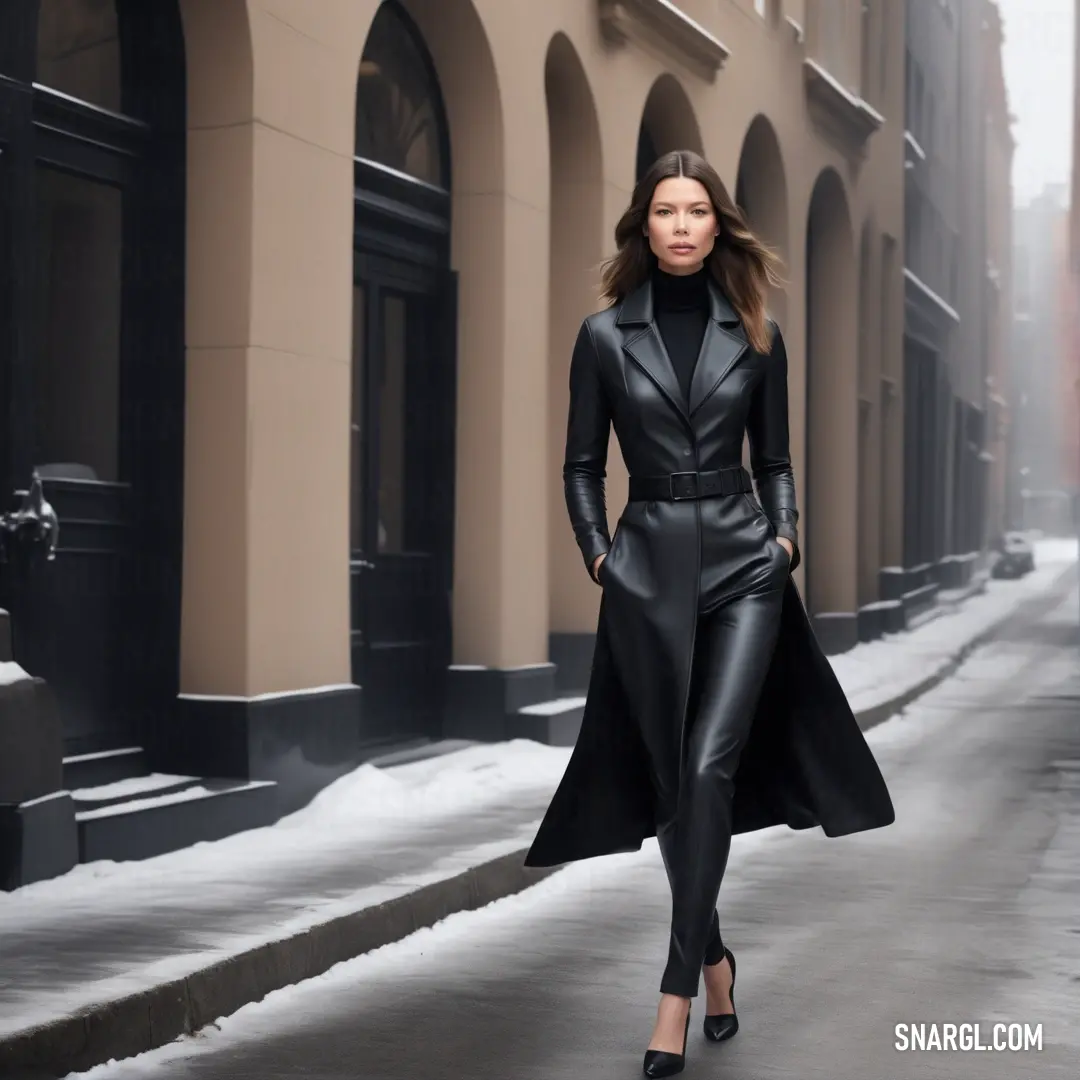
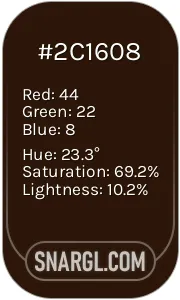 Zinnwaldite
Zinnwaldite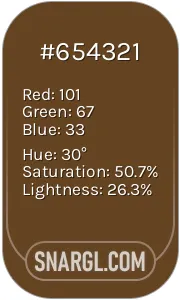 Dark brown
Dark brown







